Great-Tailed Grackle
Vermilion Flycatcher
Common Ground Dove
Atlantic Ridge Preserve State Park
Black Water Creek
Glossy Ibis
Rock Pigeon
Rock pigeons, Columba livia, are one of the most recognizable birds in Florida. They can be seen walking on the ground foraging for seeds and grains in wild areas. You may even find them eating a berry or an insect. In residential areas, including cities, these pigeons will dine on human food that has been abandoned. They will often visit birdfeeders.
Colors vary immensely in these birds found year-round in Florida. Their nests made of sticks are most often found in sheltered human-made structures such as barns, bridges, warehouses, and attics. Rock pigeons lay 1 or 2 eggs up to six times each year. However, the North American Breeding Bird Survey found their population declined by 46% between 1966 and 2015.
Rock pigeons can carry bird mites which will bite humans, wildlife, and livestock. When preparing food outside and pigeons are present, take extra care to avoid Salmonella bacteria.
Fun Facts:
Charles Darwin compared wild pigeons to the pigeons he kept. His observations helped him develop the theory of evolution.
Pigeons use magnetic fields, the sun’s position, and smell to find their way home. The U.S. Army Signal Corps used these talented navigators to carry strategic and life-saving messages during World War I and II.
Photo Credit: Dan Kon
Yellow-crowned Night-Heron
Yellow-crowned Night-Herons, Nyctanassa violacea, with their purplish-gray body, black-and-white face, and striking yellow plumes can be found in wet fields or shallow wetlands. They may be seen foraging any time during the day or night. You will most often discover this bird alone, although, at times, they may appear in groups.
Watch as they stand still or walk slowly with their necks extended in search of their favorite dinner of crustaceans. They may also eat frogs, small fish mussels, and water beetles.
Keep a keen eye out for this hard-to-find bird. While they are most common in barrier islands, coastal marshes, and mangroves, you may also find them inland near rivers, on golf courses, or even in your wet yard.
Yellow-crowned Night-Herons have been around for a long time. The oldest recorded fossil was discovered in Sarasota, Florida, and is 2–2.5 million years old.
Sadly, the Yellow-crowned Night-Heron has been designated a Species of Concern by Florida Rare and Endangered Plants and Animals.
Least Tern
Least Tern
I was able to get out today and visit a Least Tern Colony. Watching these amazing parents nesting, sitting on eggs, and caring for their newborn chicks is very interesting indeed. They actively defend their nesting areas and will let you know if you get too close in short order! They will scream and dive at you even pecking you in the head should you not pay heed to their warnings!
The Least Tern is Florida’s smallest Tern. It’s a spring/summer visitor. They are often seen flying low over the water, with quick deep wingbeats and shrill cries. These Terns usually hover before plunging into water for tiny prey and do more hovering than most terns. Populations are endangered in many areas because of human impacts on nesting areas, especially competition for use of beaches. Least Terns are listed as Threatened in the State of Florida.
For Tern parents, it’s tough raising chicks on a beach with development, people, dogs, feral cats, raccoons, fox, predatory birds, and broiling hot sun. Least Terns in some parts of the east including Florida are now nesting successfully on gravel roofs near the coast. This particular colony is the only known beach-nesting colony in SE Florida. The parents need to protect the chicks and feed them constantly while getting enough nutrition for themselves. Least Terns are great providers and amazing parents! ~Paul Waller
Note: All shots were taken from a responsible distance with a long lens
Photo credit: Paul Waller
Laughing Gull
If you have been to a beach in Florida, you have surely heard the distinct call of the laughing gull. Laughing gulls (Leucophaeus atricilla) are year-round Florida residents and are often seen in flocks on beaches, in salt marshes, and nearby parking lots. They are often seen inland in fields, near rivers, or at your local garbage dump.
Both males and females build nests in colonies on the ground under the cover of bushes or grasses. The parents take turns incubating the eggs for about 20 days and both feed the young for the next 5 weeks. Food includes foraged crustaceans, small fish, and insects. In the spring, horseshoe crab eggs and the eggs of other birds provide a tasty meal. Earthworms and snails are sometimes eaten. These birds are not picky eaters so be sure to carefully dispose of your food scraps and food wrappers.
Snail Kite
Snail Kites can be found flying low over open freshwater and marshes in Central and Southern Florida before dropping down to snatch an apple snail with their talons. They will fly to a perch and use their unique-shaped bills to pry the snails from their shells. Look for Snail Kites roosting in flocks just before hunting and during nesting season.
Listed as endangered in Florida since 1967, Snail Kites (Rostrhamus sociabilis) depend on good quality water to survive. Urban development, sewage seepage, nutrient and pesticide run-off, and invasive plants have degraded much of Florida’s freshwater. Nearly 1/2 of the Everglades have been drained. Since a Snail Kite’s diet consists almost exclusively of apple snails that only live in freshwater areas, it is imperative that we protect the remaining wetlands.
Yellow-headed Blackbird
Yellow-headed Blackbird visits Florida
While the yellow-headed blackbird (Xanthocephalus xanthocephalus) may be a common resident of the western United States, it is a rare visitor to Florida. This male is one such individual that migrated just a little too far east. Every year, a small handful of individuals can be seen in random locations throughout Florida, usually in the Fall and winter months.
Similar to the more commonly known red wing blackbird, the yellow-headed blackbird occupies marshes and open fields where it searches for seeds and small insects to eat. Being larger and more dominant than the smaller red wing blackbirds, yellow-heads often occupy the best nesting grounds in the marshes that they share. A single male can maintain a territory with up to 8 females to nest with. He will often share in the nesting duties but seldom feeds the young other than those in the first nest created. The nests average 4 eggs each and they typically lay one clutch of eggs per year.
Apart from the bright yellow heads of the adult males (as seen in the photos), yellow-headed blackbirds can also be identified by the bright white wing patches most easily seen when in flight. They are also known as having a rather unpleasant call for a songbird, sounding much like a rusty hinge squeaking.
So, remember, always keep your eyes open. You never know what neat visitor you may run into.
Photo credit: Andy Waldo
Map: Cornell Lab
Cedar Key
If you are looking for a place to escape the hustle and bustle of life, look no further than Cedar Key. A place where the locals greet you with friendly smiles, where shorebirds frolic in the waters, ospreys soar overhead, and a multitude of habitats are waiting to be explored. Your trip begins on Highway 24 in Levy County, where you drive from the mainland on low bridges, over picturesque channels, and salt marshes onto Cedar Key.
A pencil factory was once located on Cedar Key, where the cedar trees supplied the wood for the pencils. The first Florida coast-to-coast railroad ended at Cedar Key before it was rerouted to Tampa. Shell mounds give us a look into the lives of the indigenous people who called Cedar Key home long ago. Today, about 800 permanent residents welcome visitors to their unique island.
Cedar Key is a Nature Lover’s paradise, where visitors can stroll along nature trails, birdwatch, and paddle in the Gulf. The federally protected sanctuaries lure both shorebirds and migratory birds. Go on a coastal guided tour. Kayaks, paddleboards, and motorboats are available for rent to explore the Gulf of Mexico. Campgrounds provide space for your RV or tent.
Saunter along the Cedar Key Railroad Trestle Nature Trail, a 1,700 ft path of old Fernandina Cedar Key rail line. Let the cedars and pines shade you as the songbirds serenade you with sweet melodies. Watch for a beautiful variety of wildflowers with butterflies flitting about. At Cemetary Point Park, there is an easy walk along a 1299 foot boardwalk through mangroves. Cedar Key Museum State Park Nature Trail is a short stroll where you will see gray squirrels playing, woodpeckers in search of food, mocking birds tweeting, and green tree frogs resting.
The swamps, marshes, and wetlands are home to American avocets, ibises, roseate spoonbills, herons, egrets, pelicans, and more. Dolphins play in the Gulf. Thousand of birds visit during the fall and winter migration including, rare white pelicans. With its laid-back Old Florida vibe, Cedar Key is a perfect addition to your list of places to visit.
Photo Credit: Dan Kon
Bald Eagle
The Bald Eagle, Haliaeetus leucocephalus, is more than the symbol of the United States. They are interesting enough to have an entire day dedicated to them. While Save the Eagles Day originated as a way to raise awareness about the then-endangered species, it now serves as a time to learn about the thriving animals. Here are five facts you may not know about eagles:
1. Females weigh more than their male counterparts. The males weigh between 7 and 10 pounds, and females can weigh up to 14 pounds.
2. Eagles can see as much as eight times further than humans, and their eyes are equipped with infection-fighting tears.
3. While the bald eagle population has steadily increased after a severe drop, most of the population’s fatalities remain human-related. Impacts with manmade structures, gunshots, and poisoning are the leading causes of death.
4. The Bald Eagle emits a surprisingly weak-sounding call. Usually, a series of high-pitched, whistling, or piping notes. The female may repeat a single, soft, high-pitched note that signals her readiness to copulate.
5. Eagles can dive up to 100 mph while hunting. When they’re flying casually, they go about 30 mph.
Photo credit: David Gale and Aymee Laurain

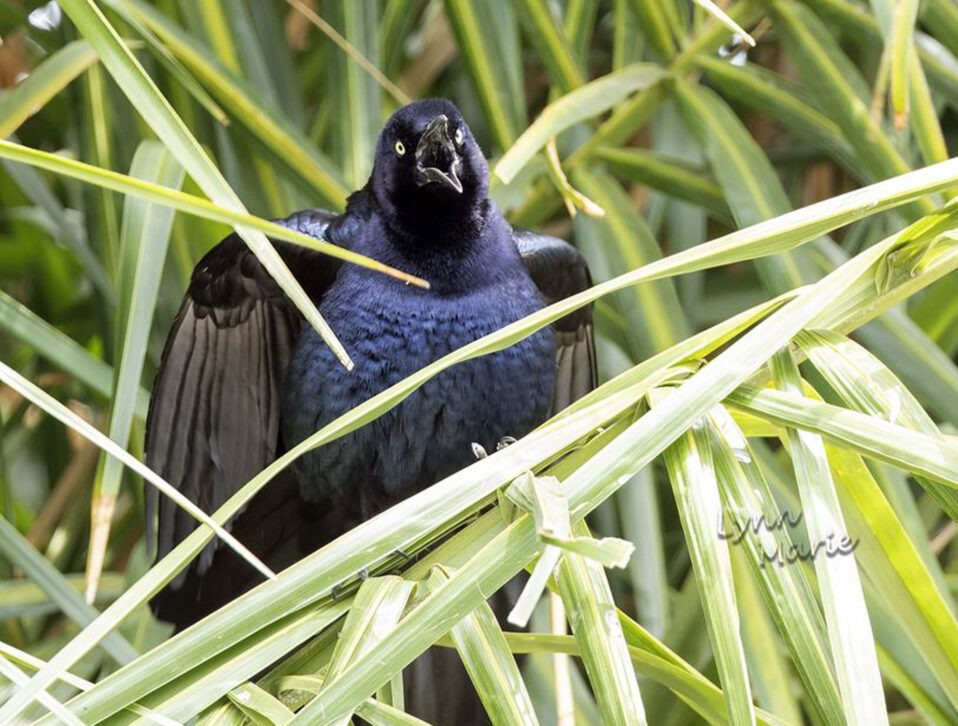
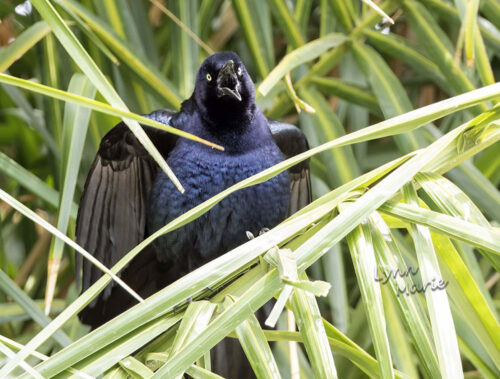
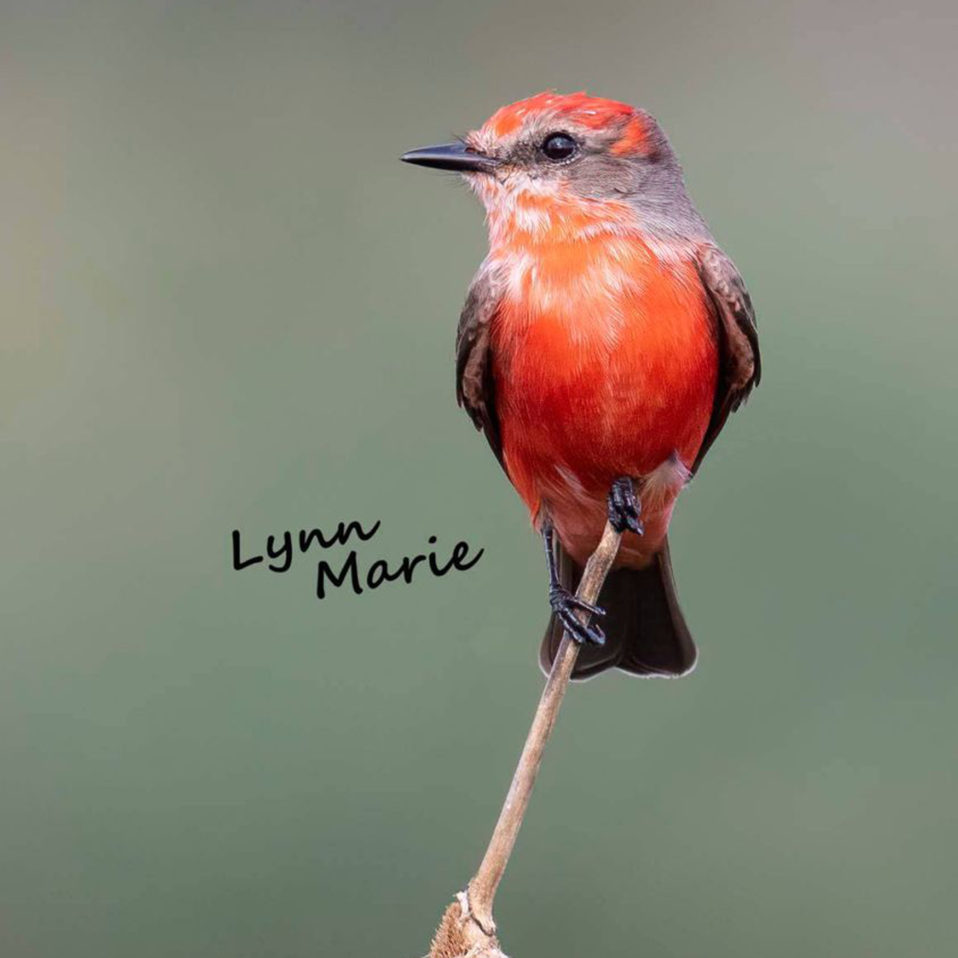
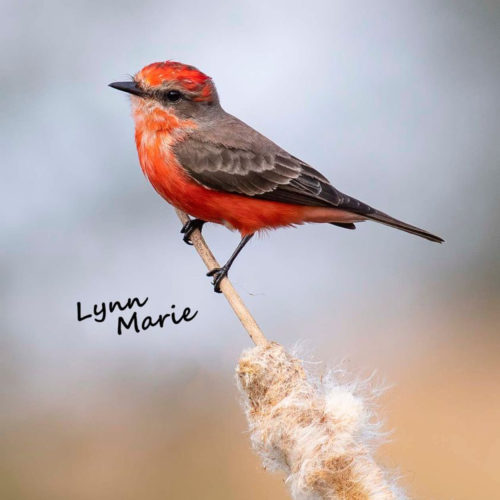
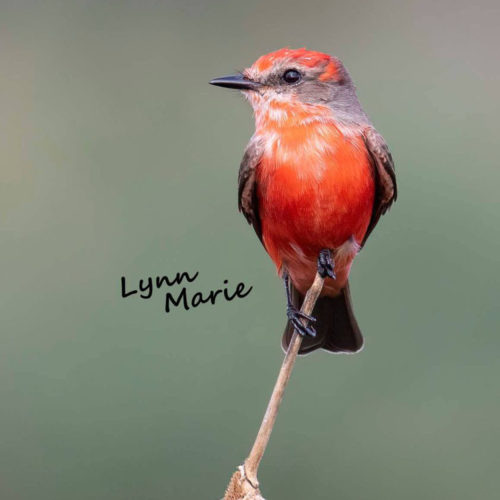
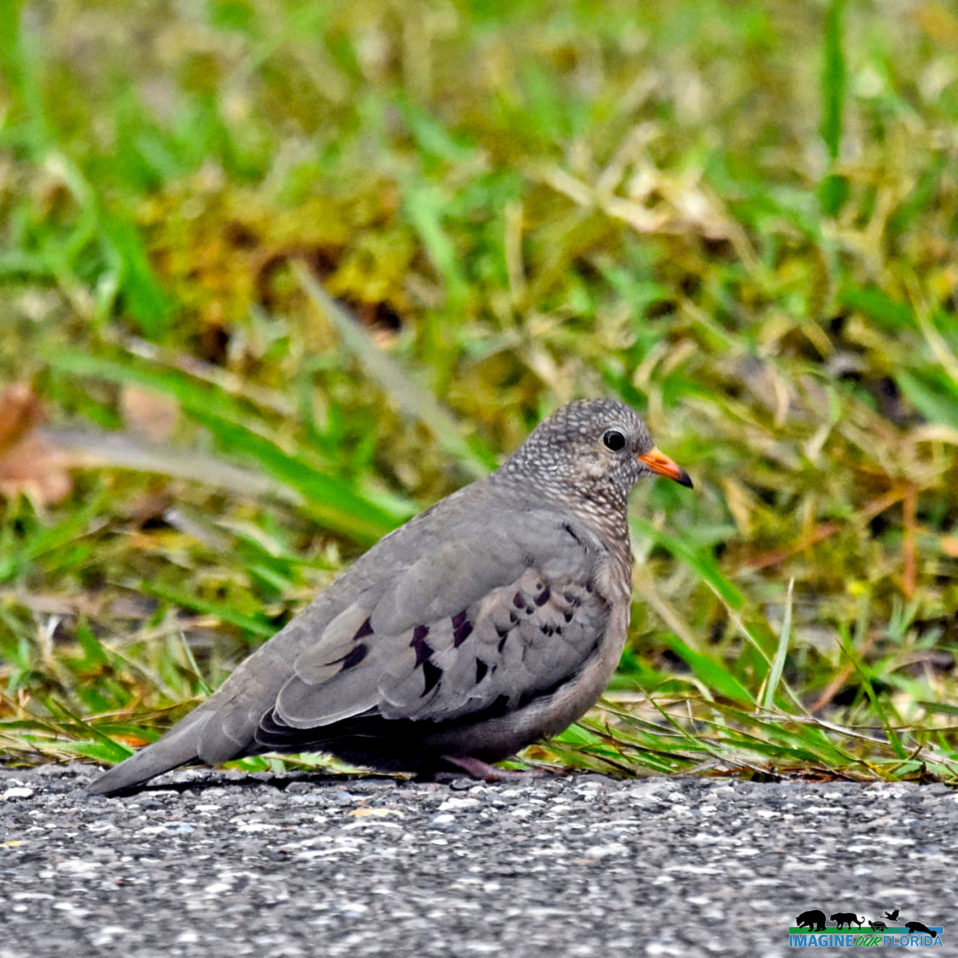
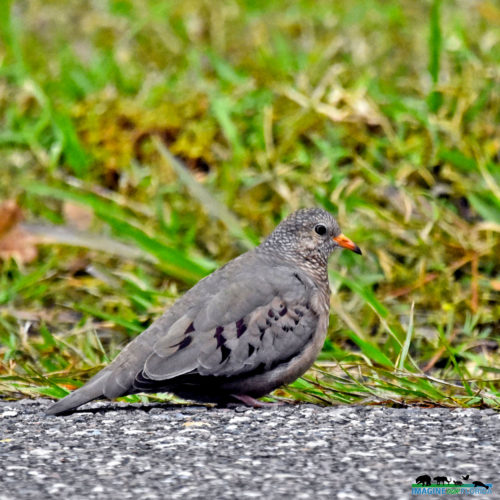
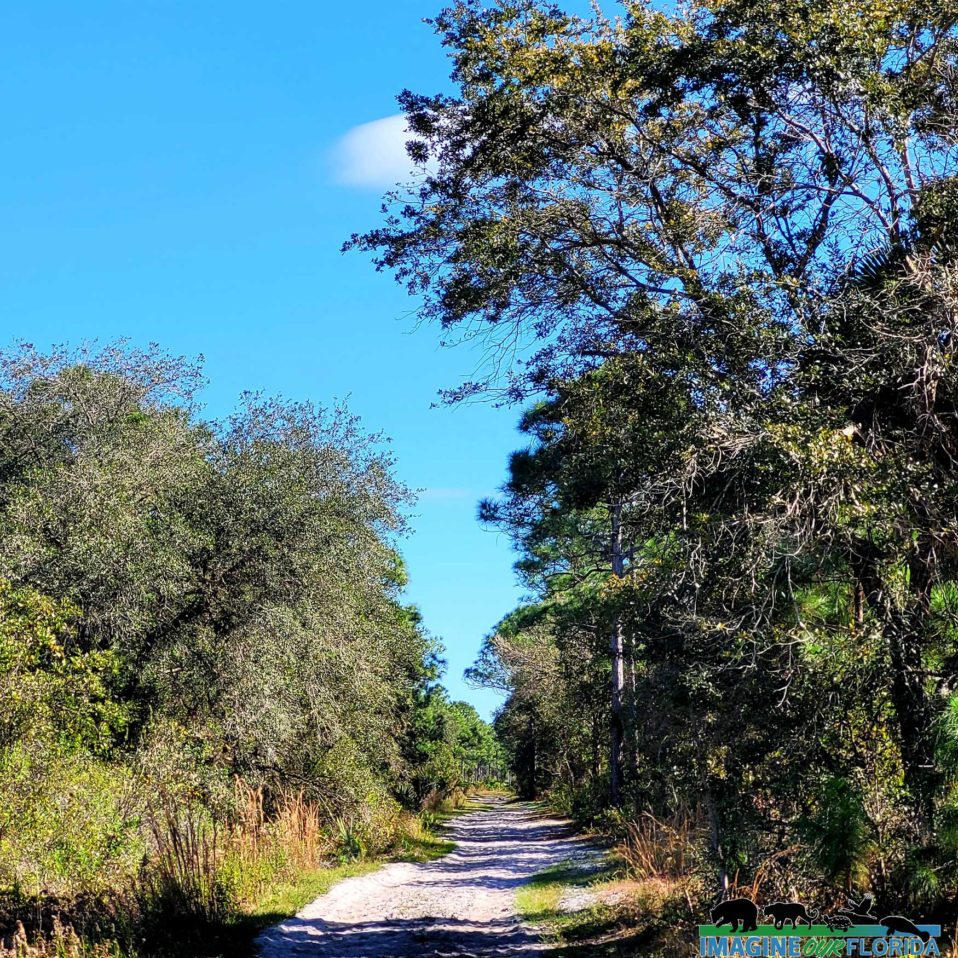
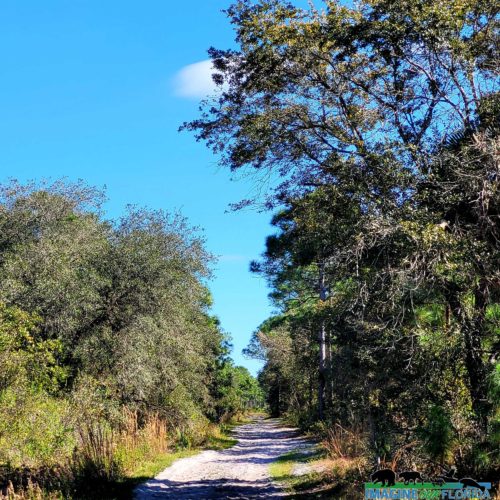
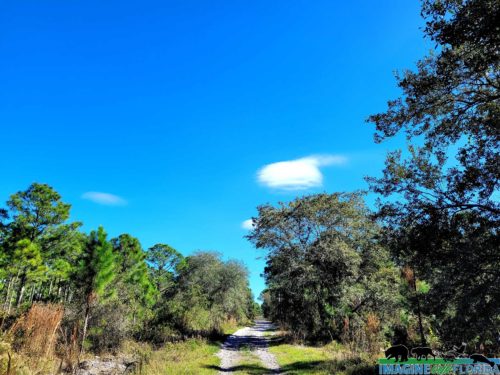
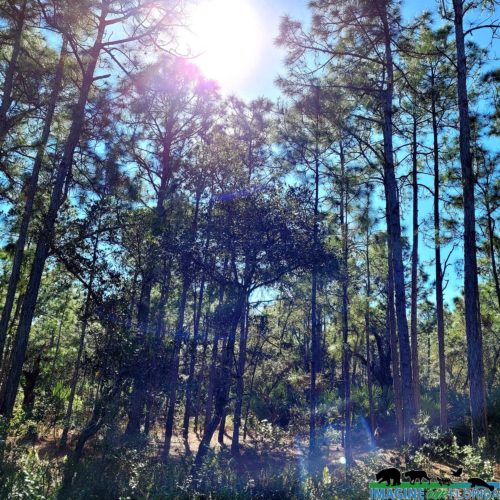
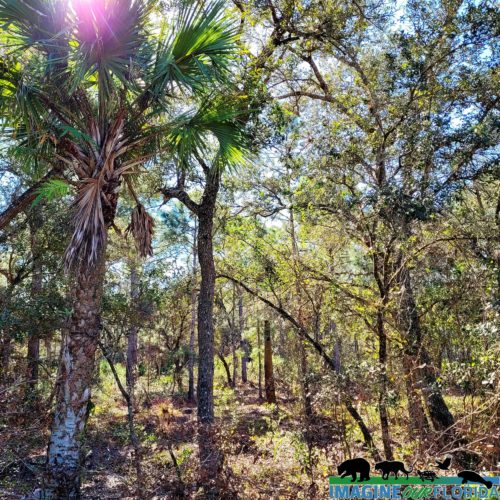
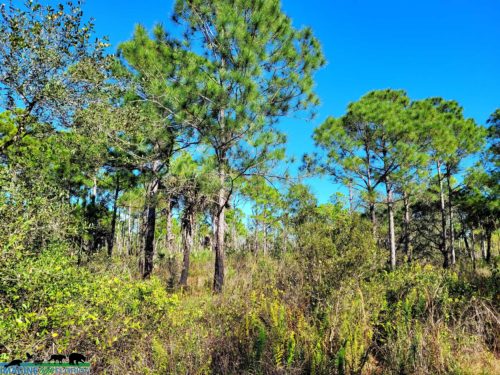
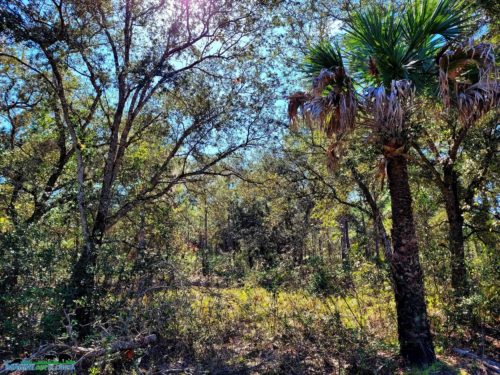
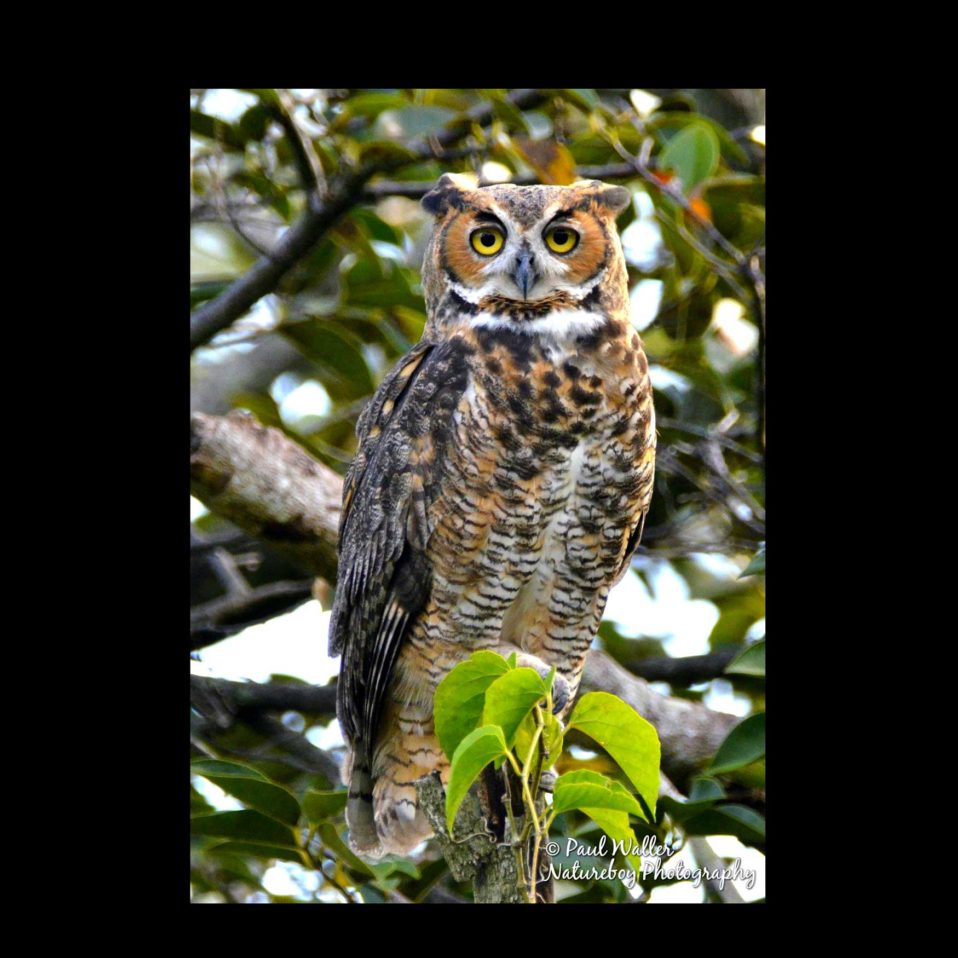
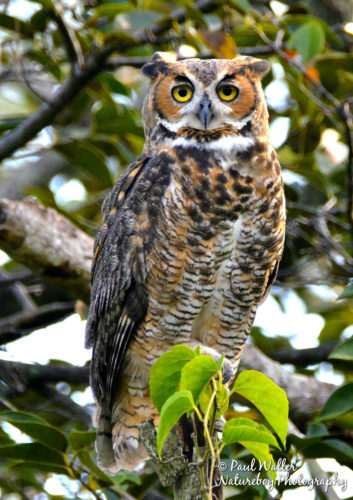
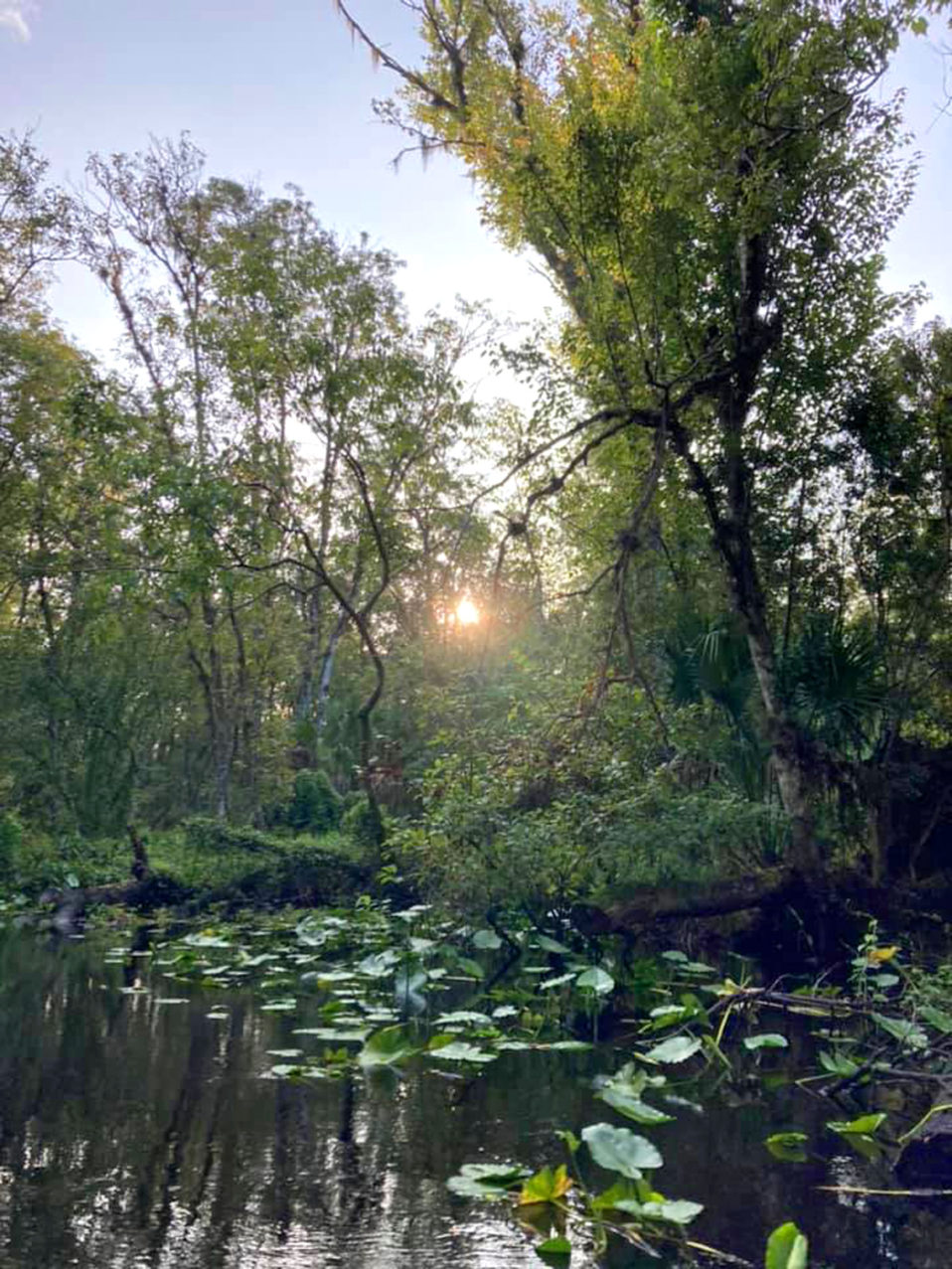
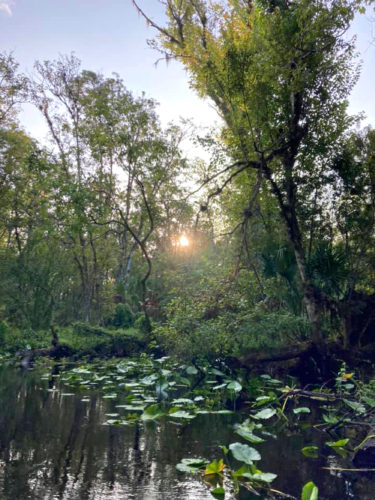
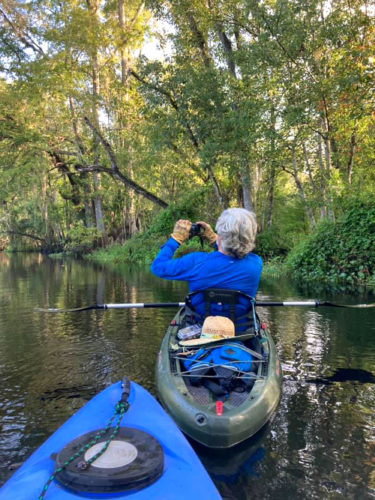
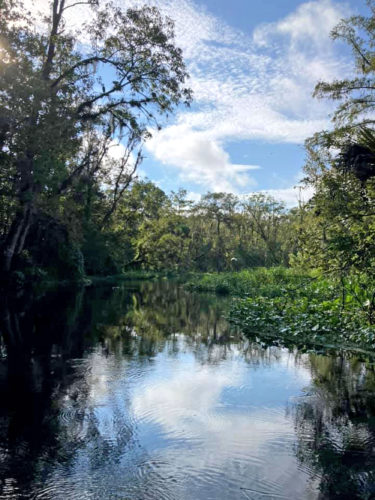
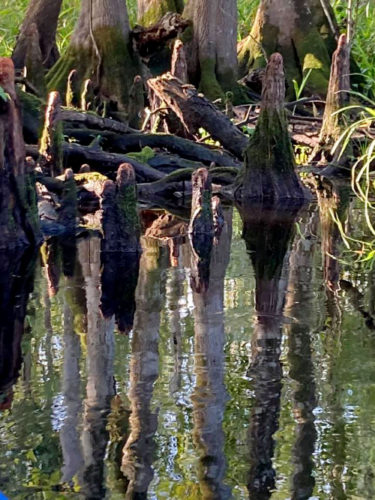
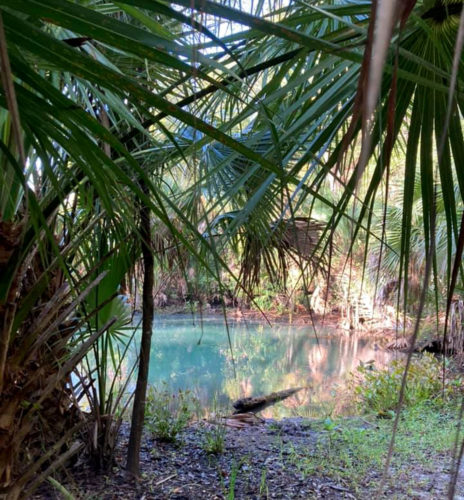
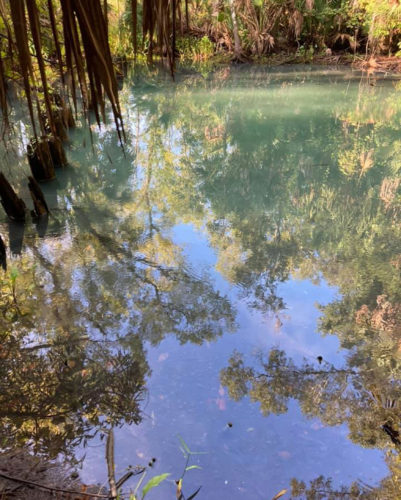
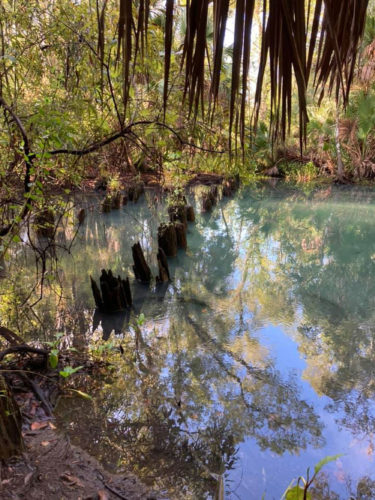
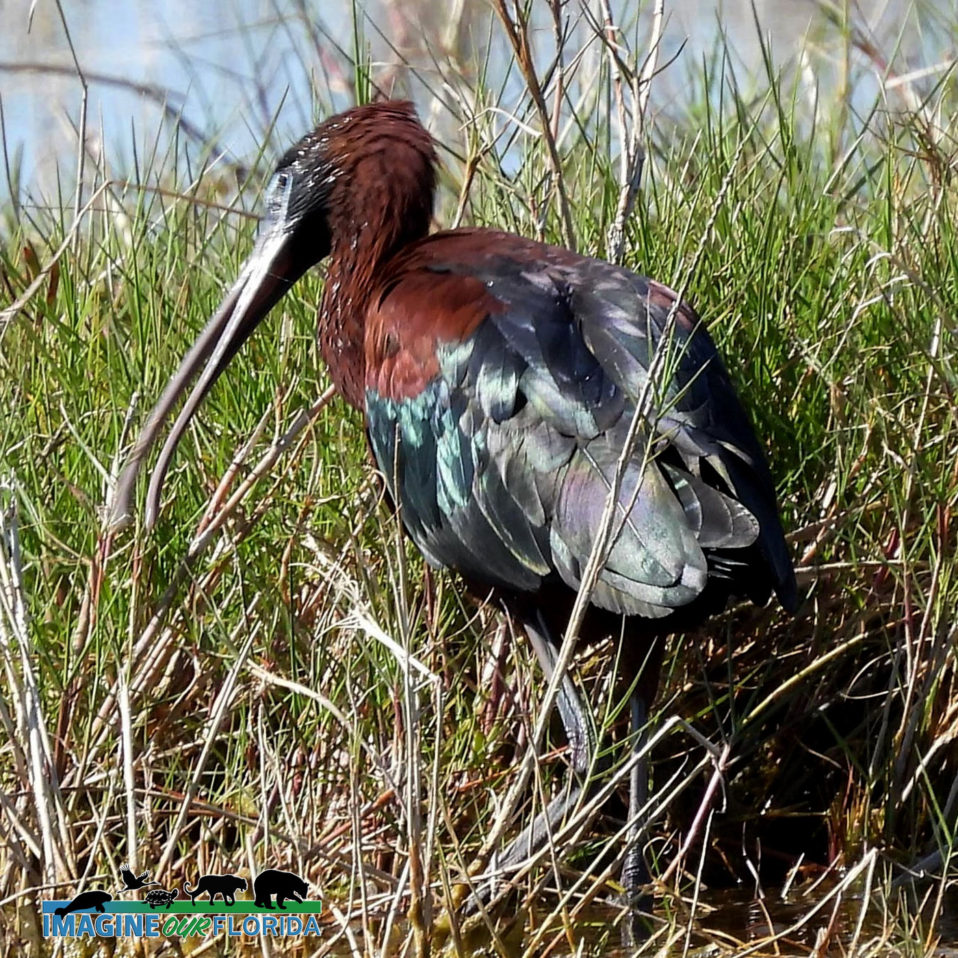
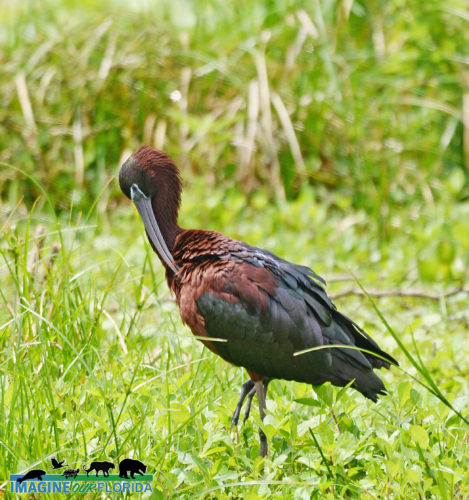
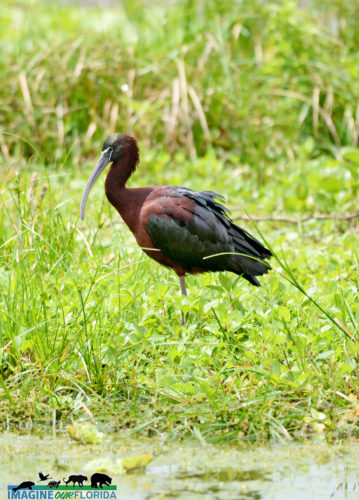
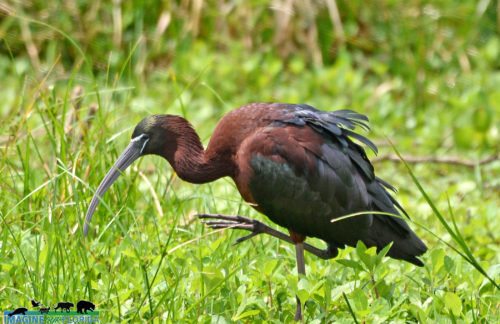
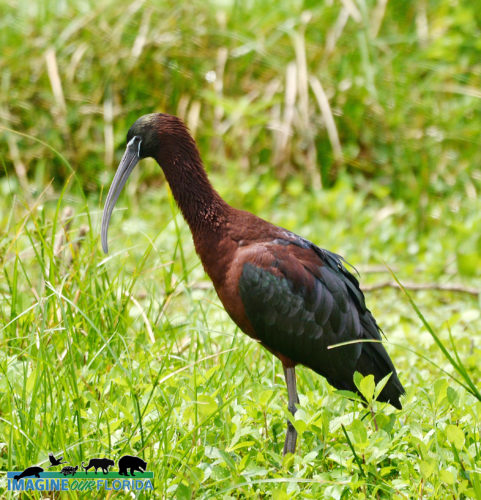
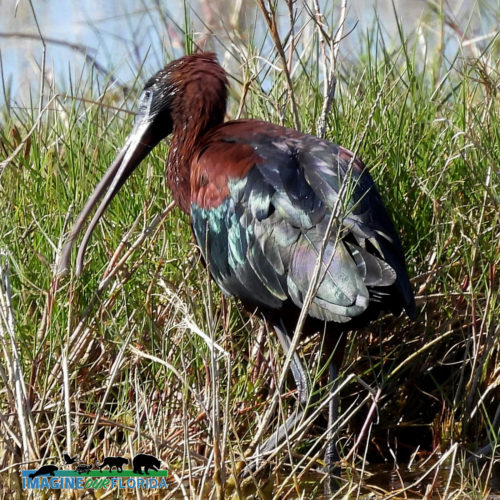
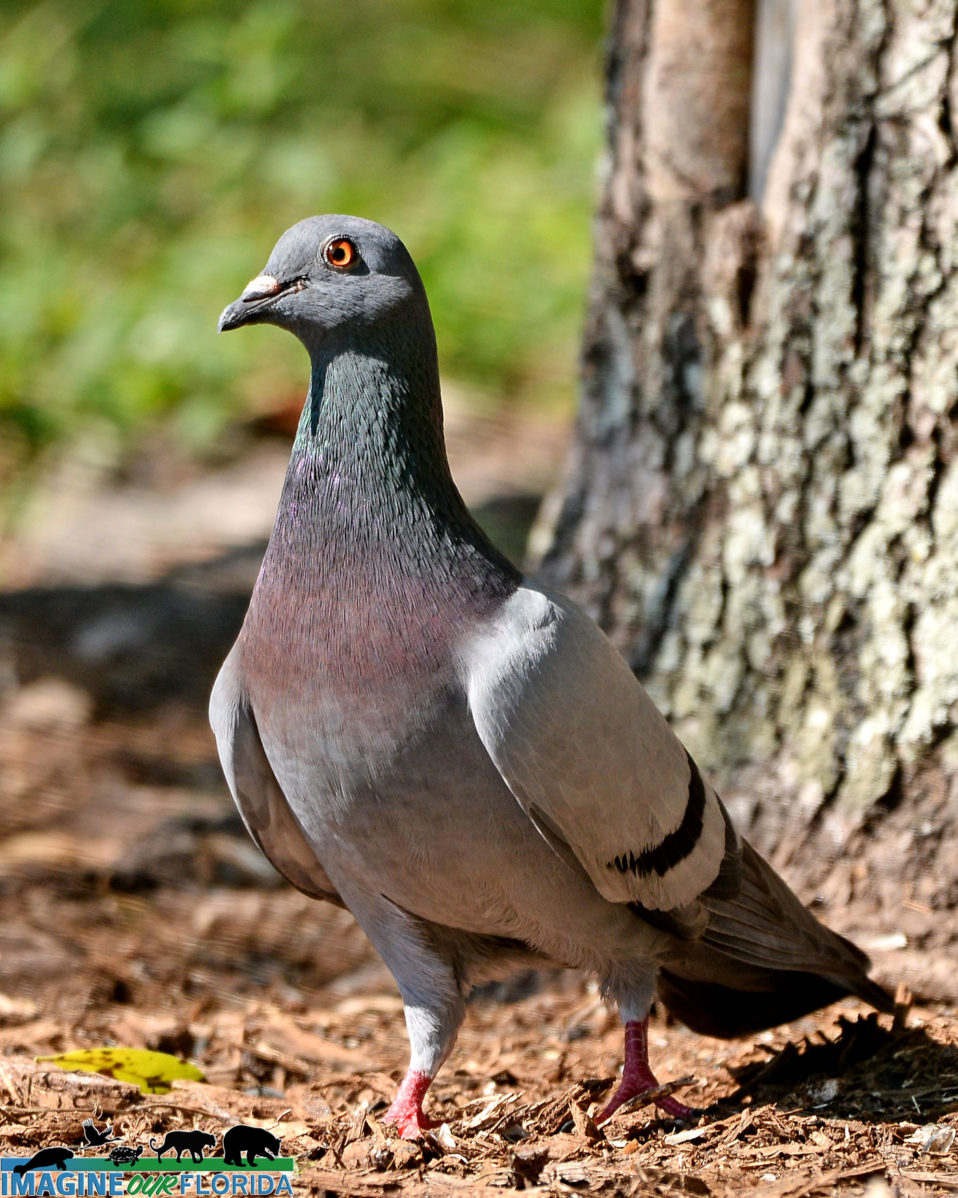
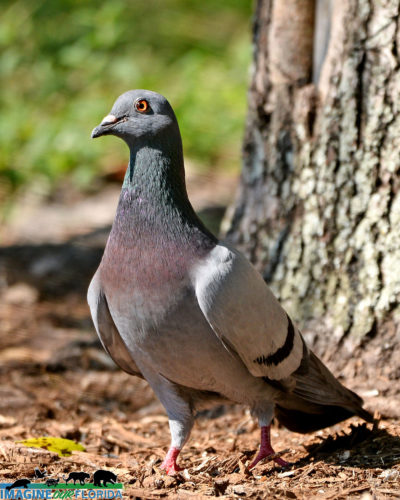
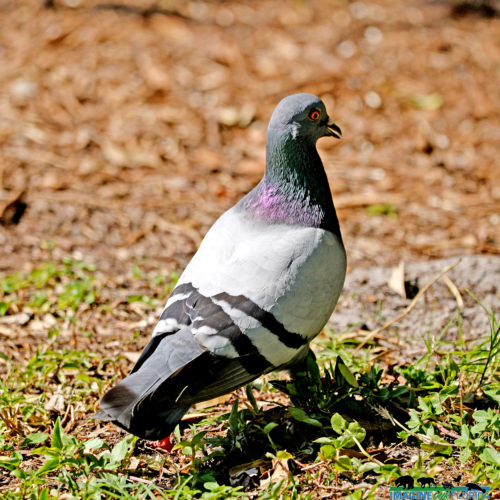
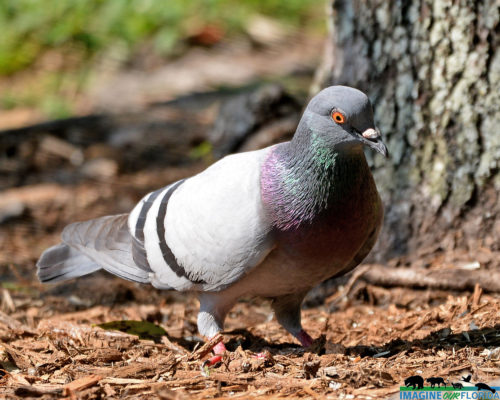
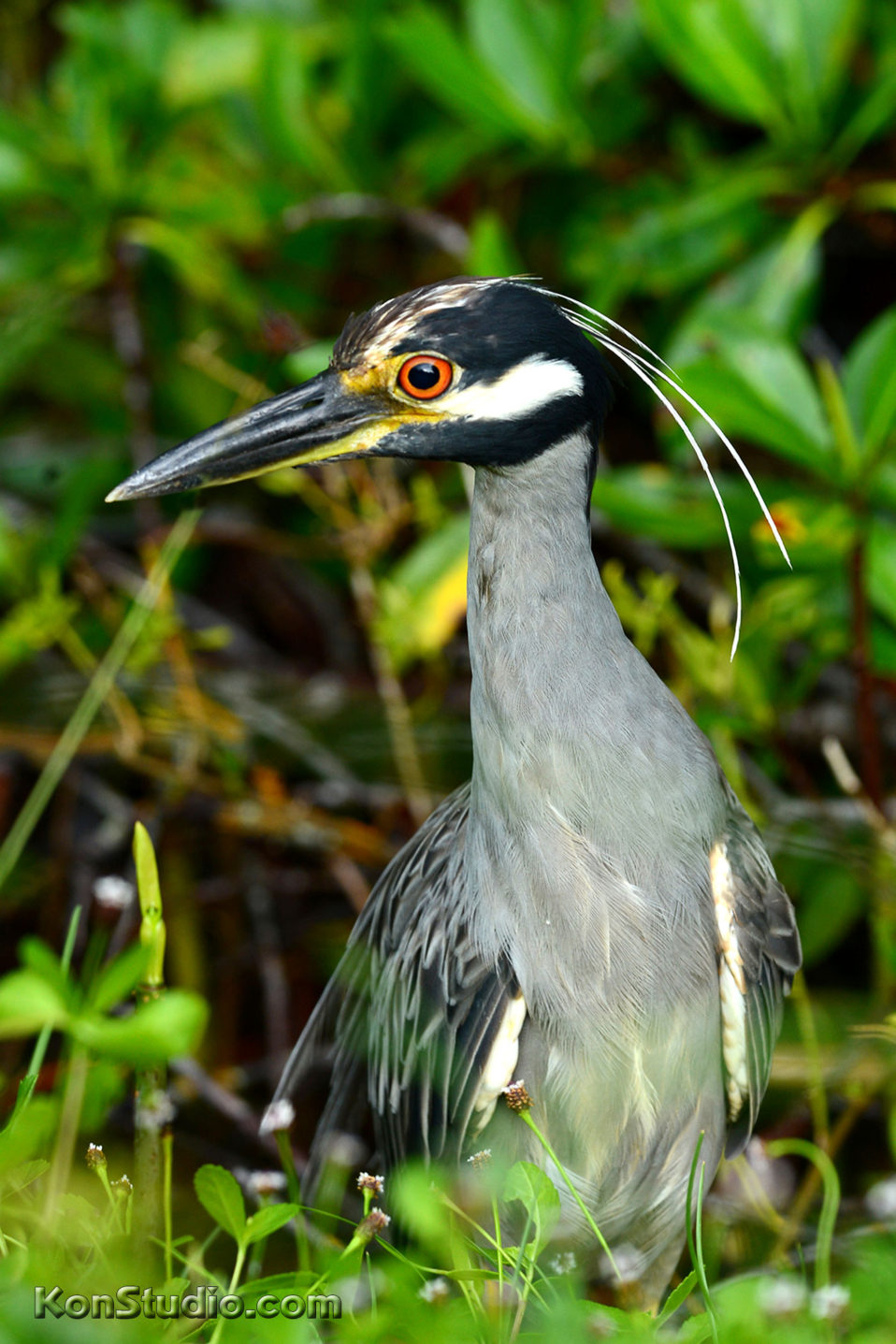
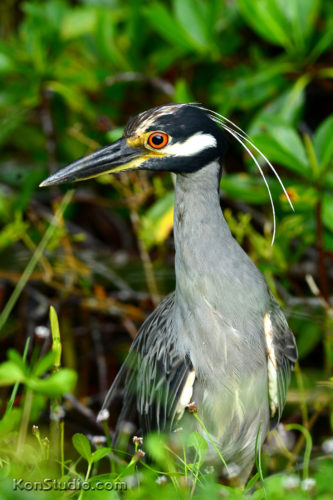
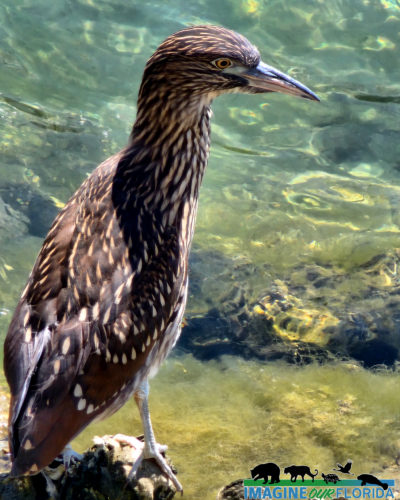
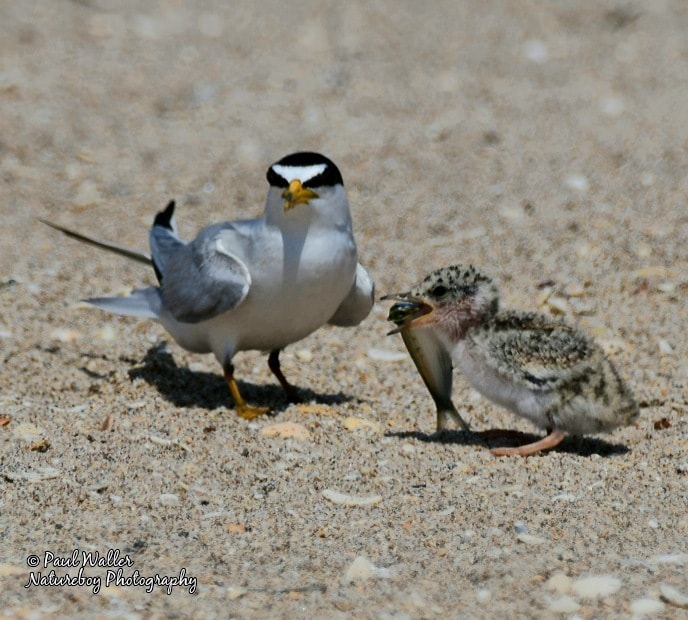
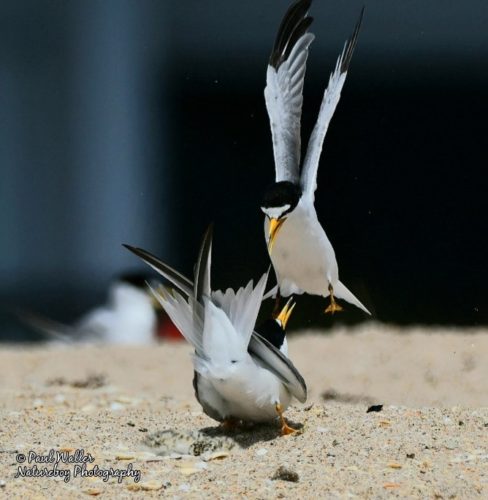
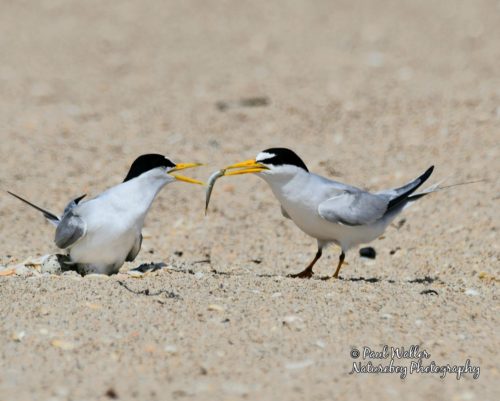
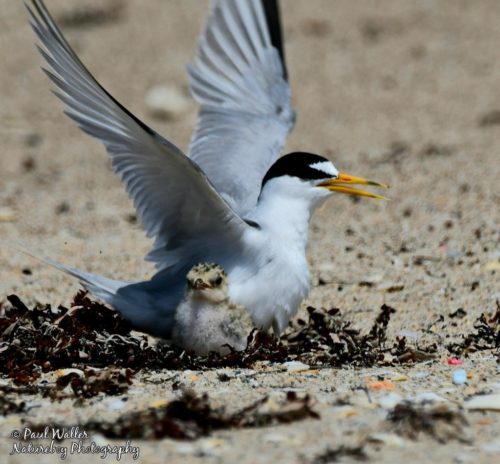
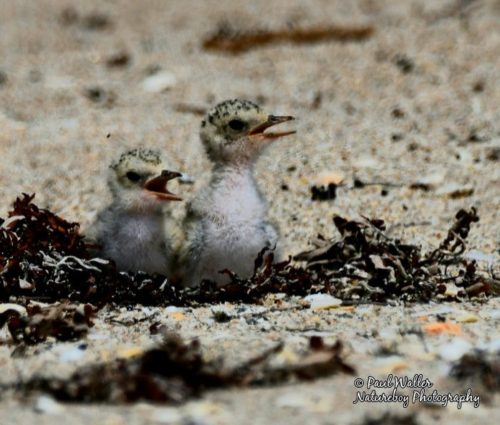
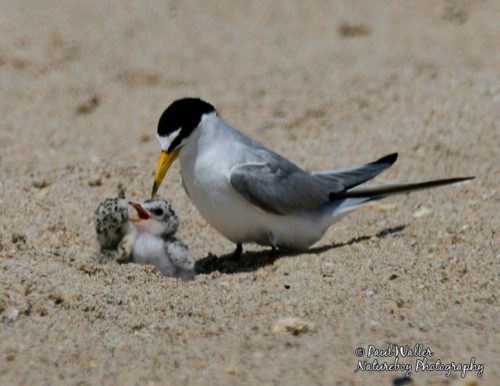
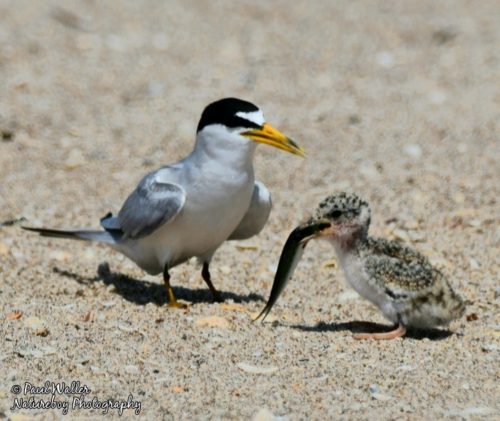
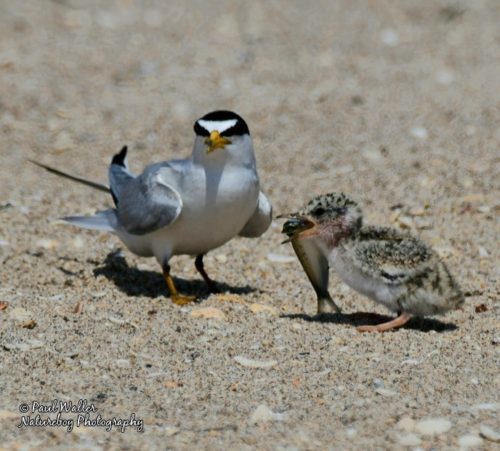
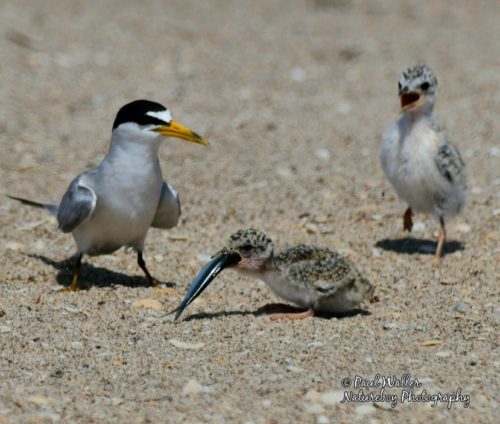
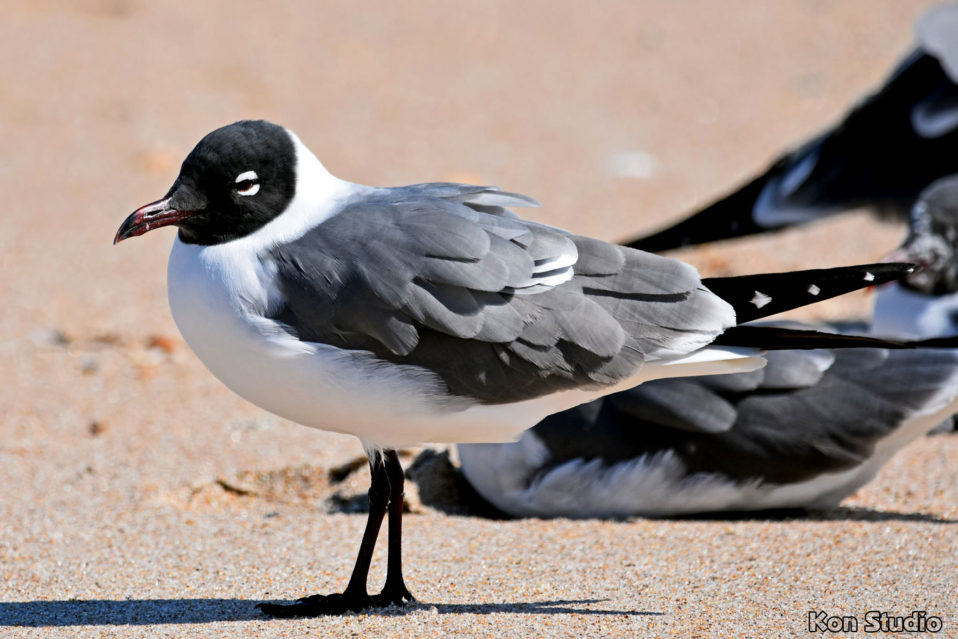
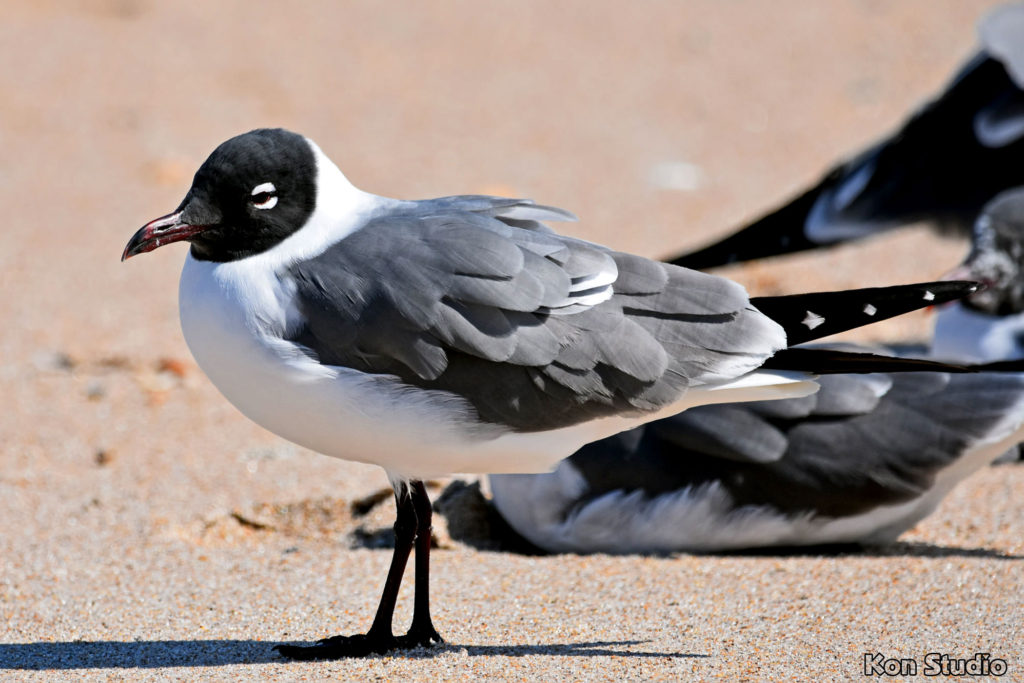
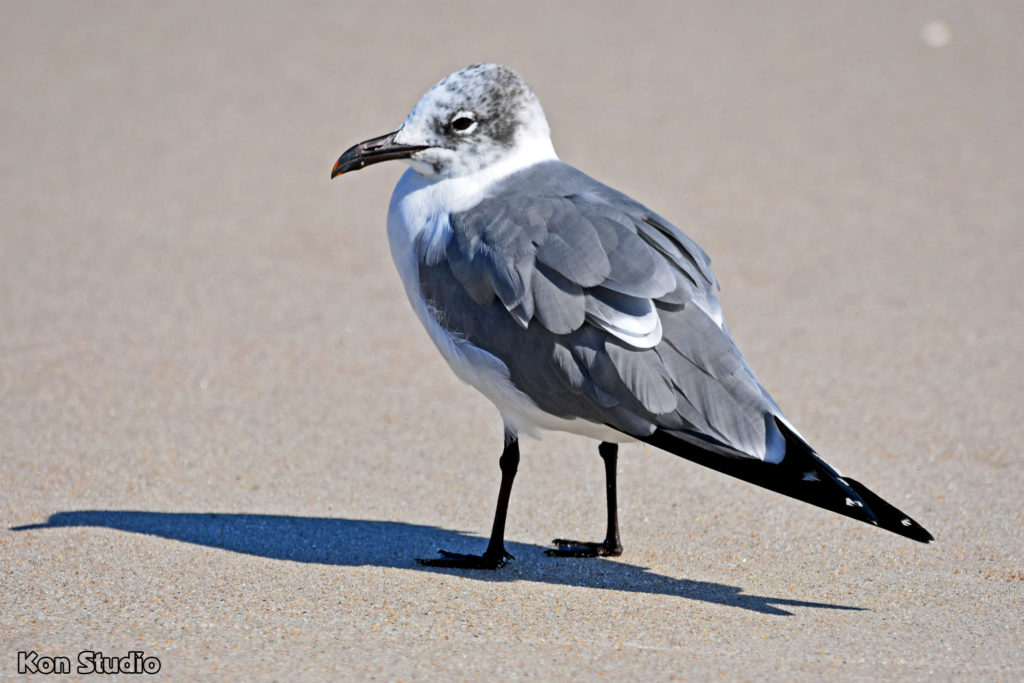
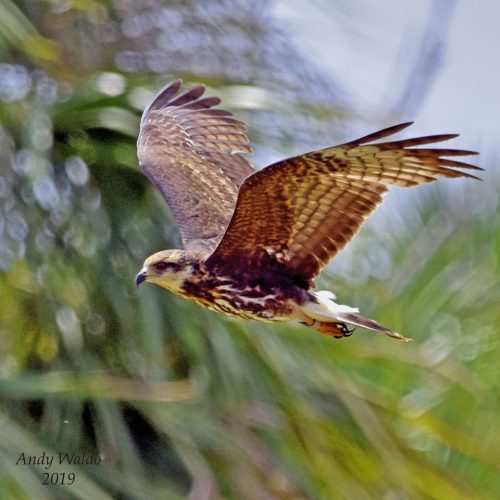
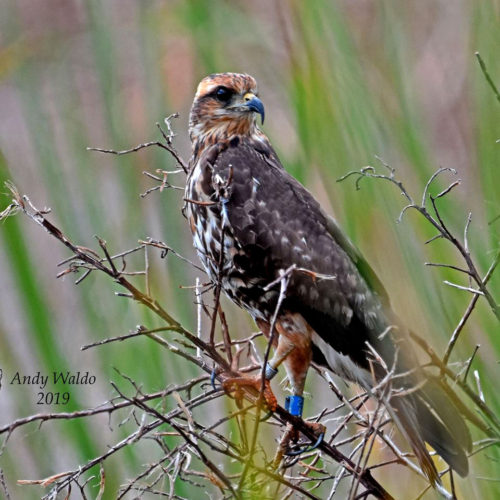
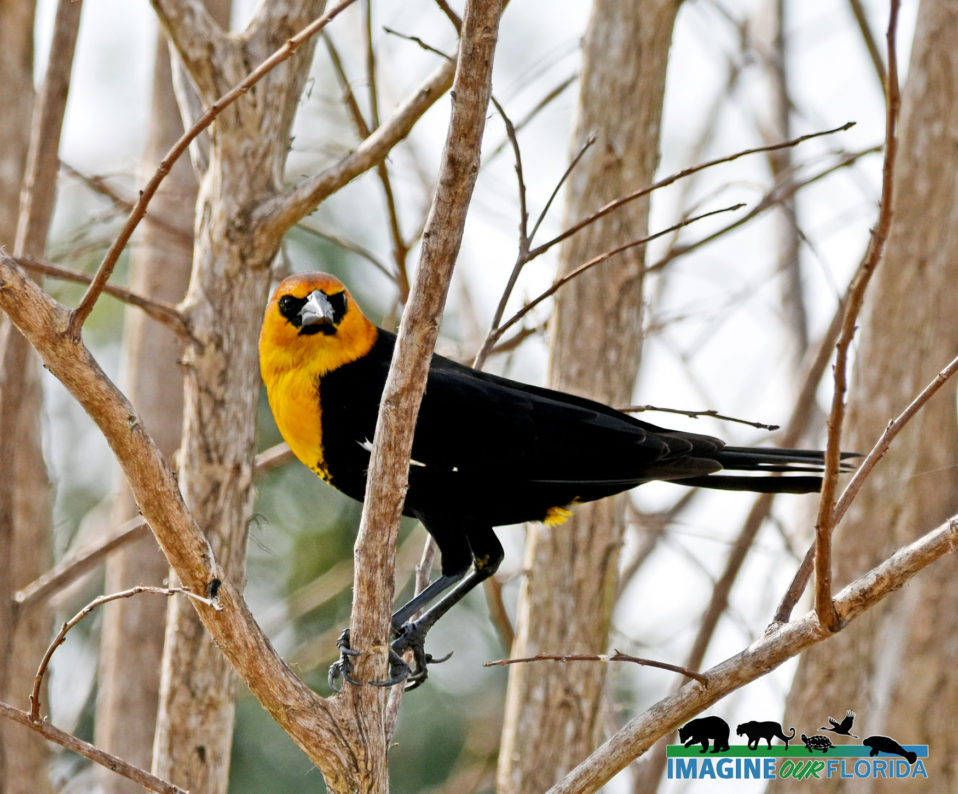
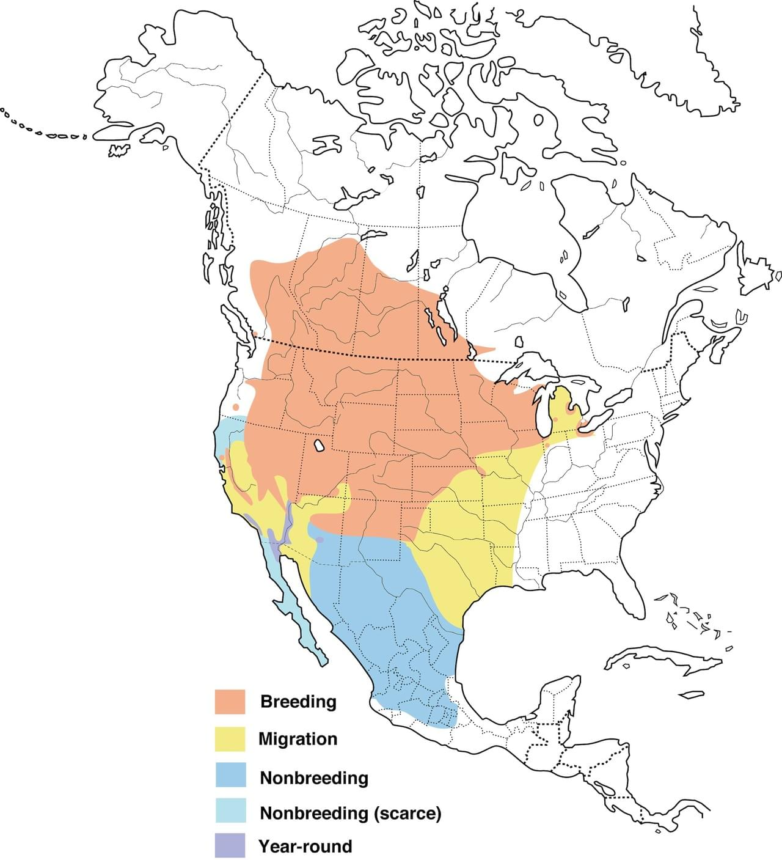
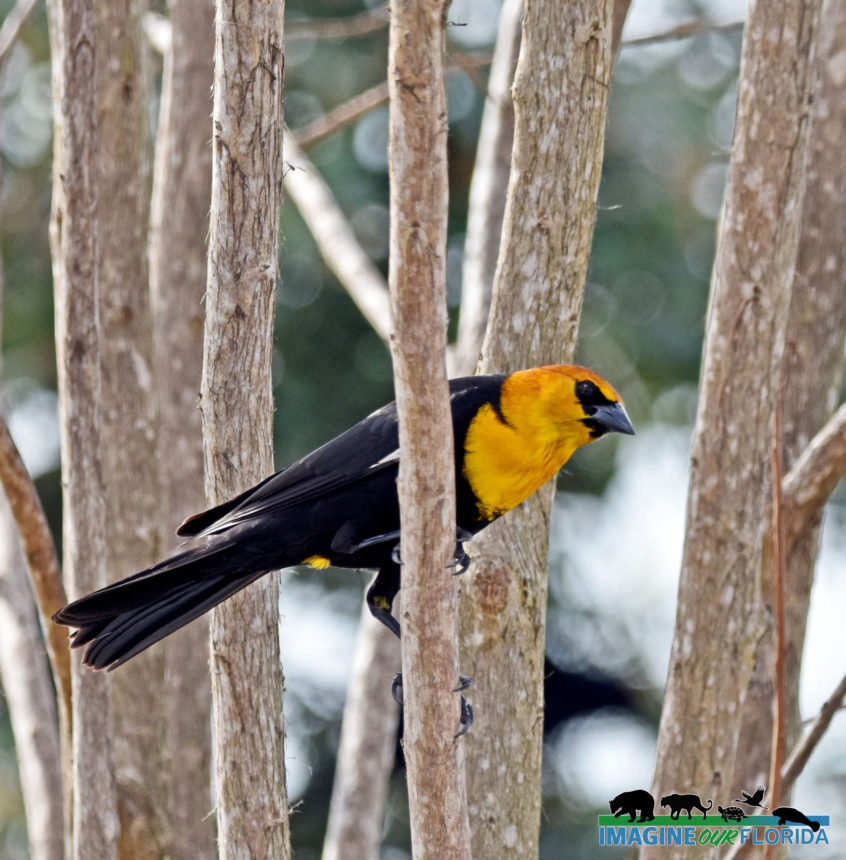
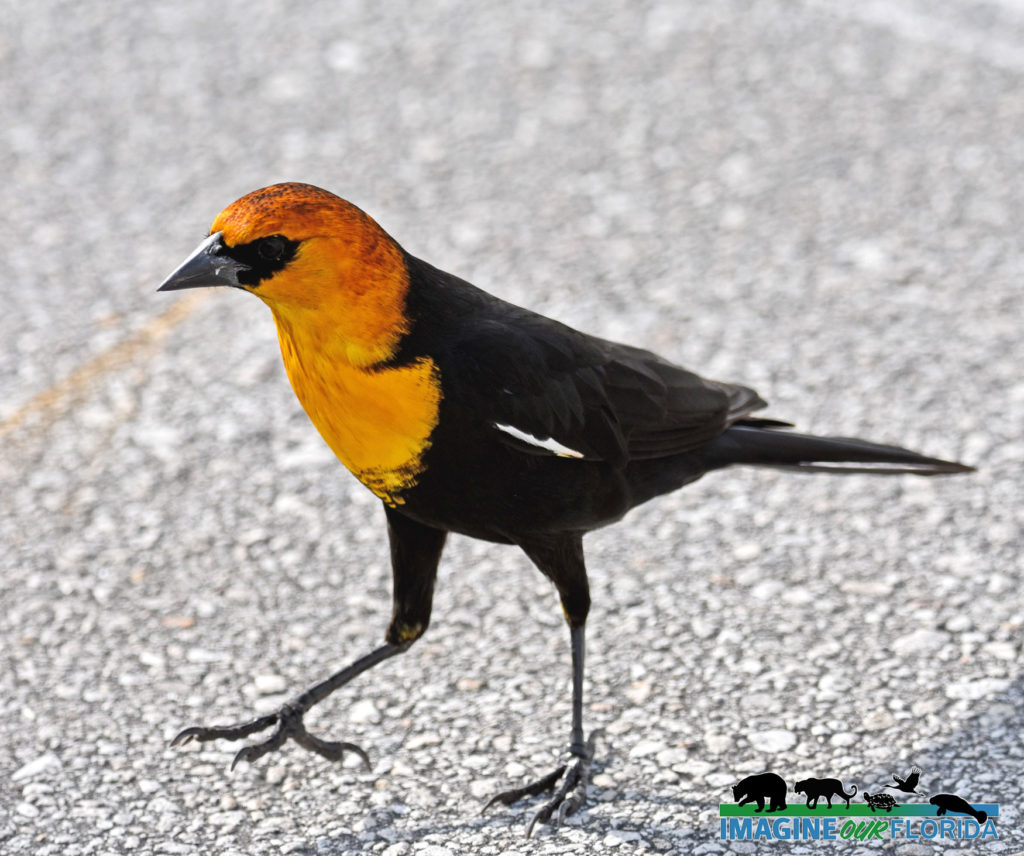
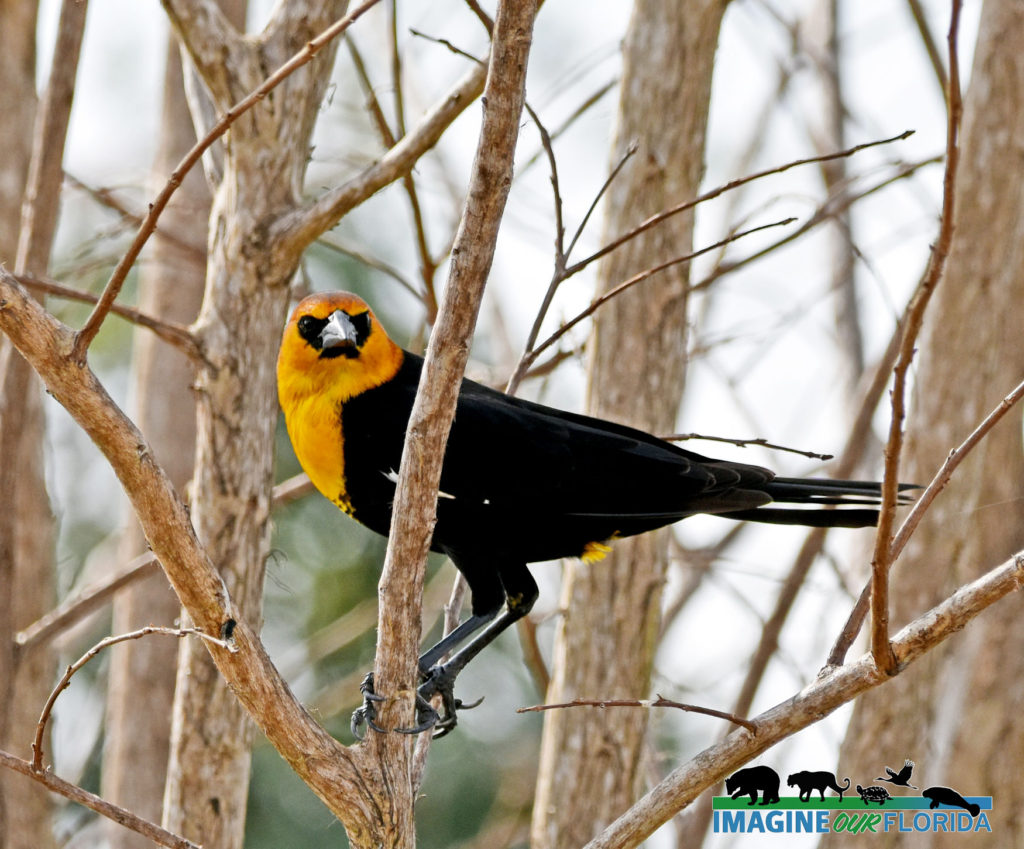
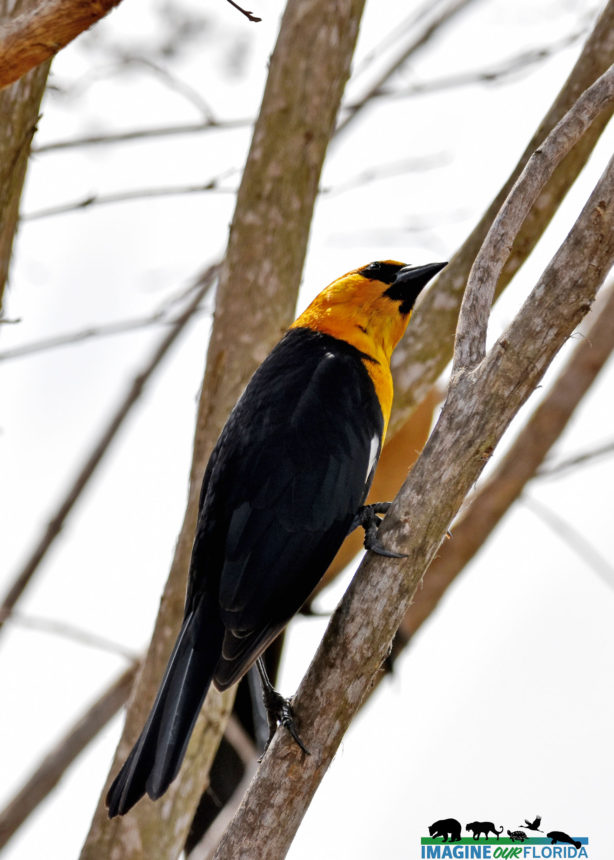
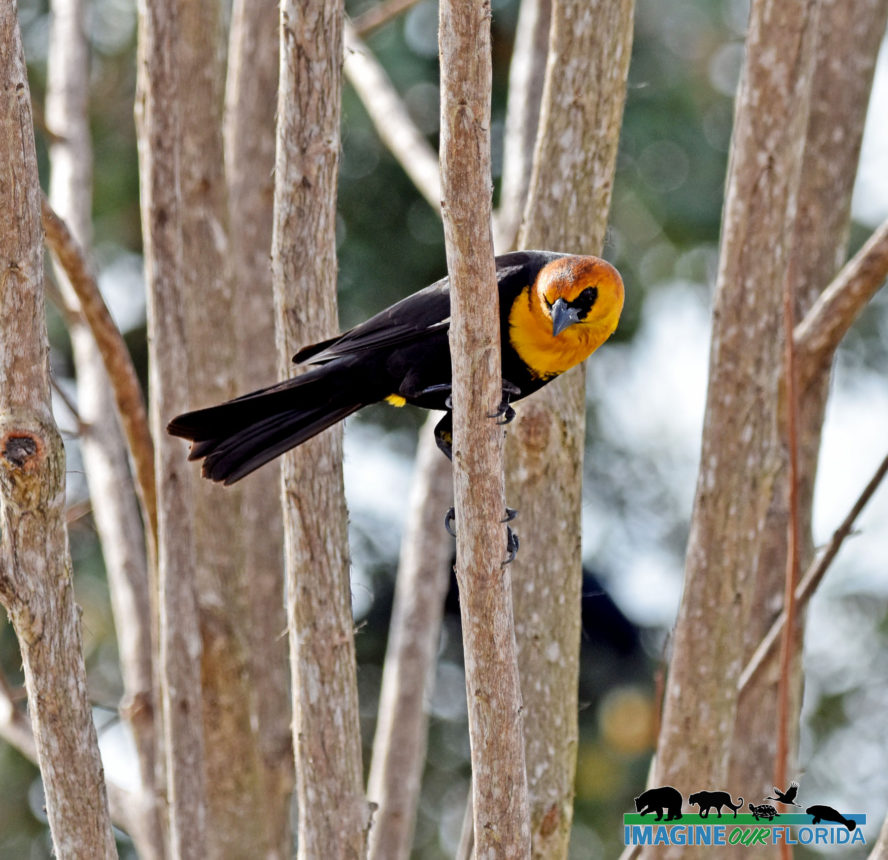
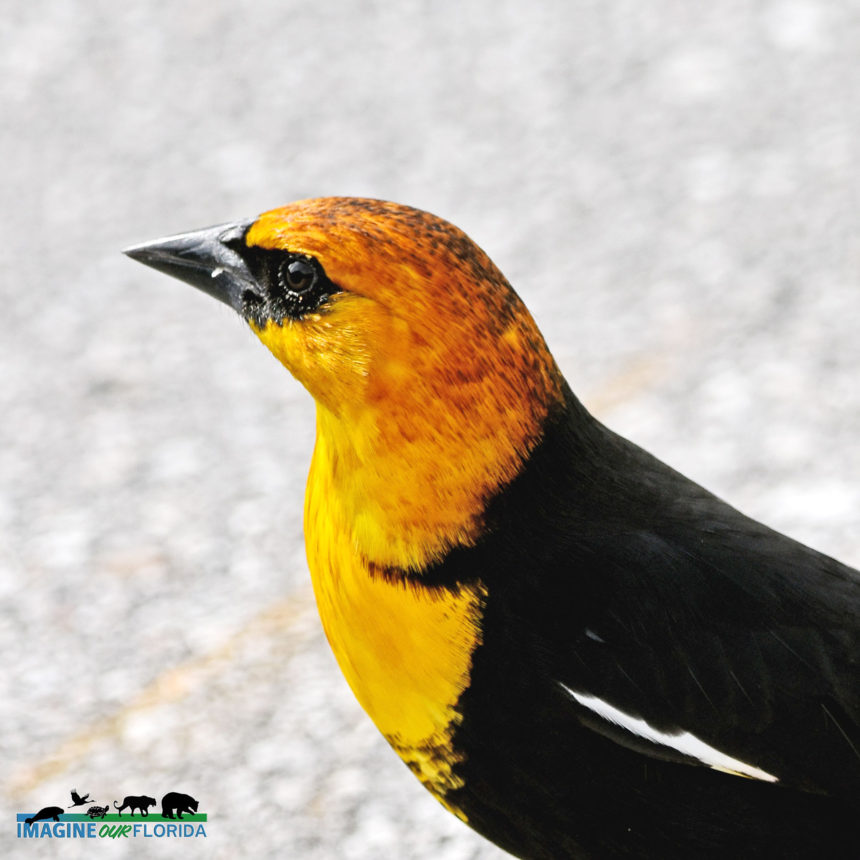
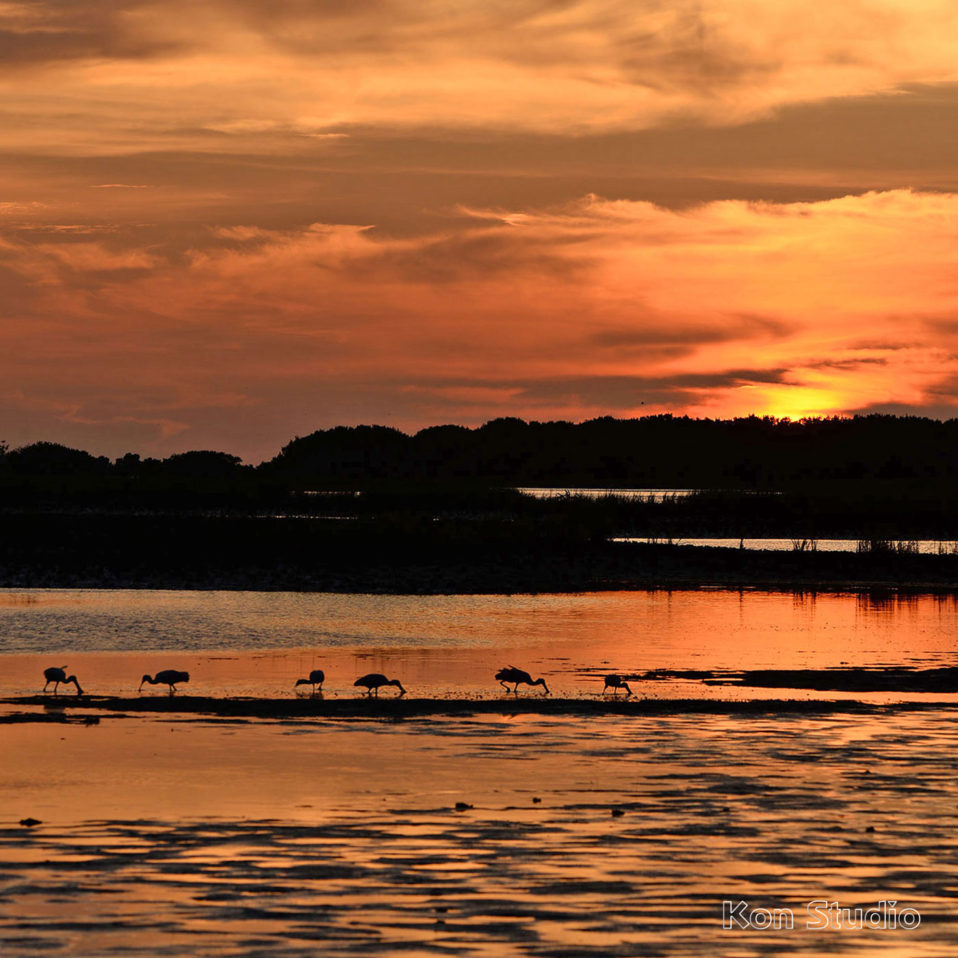
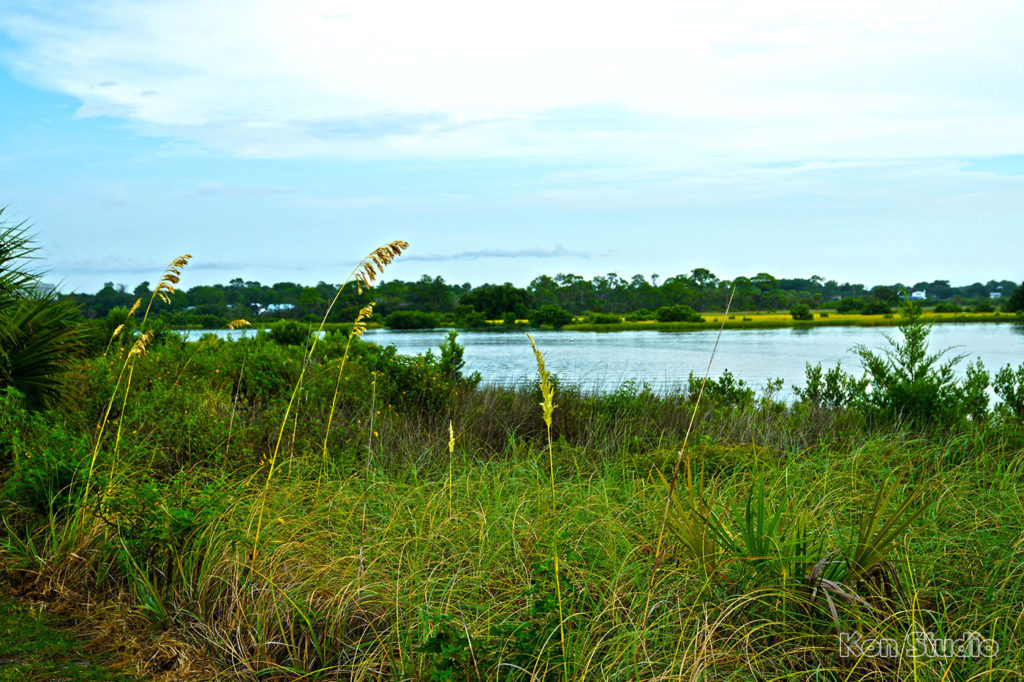
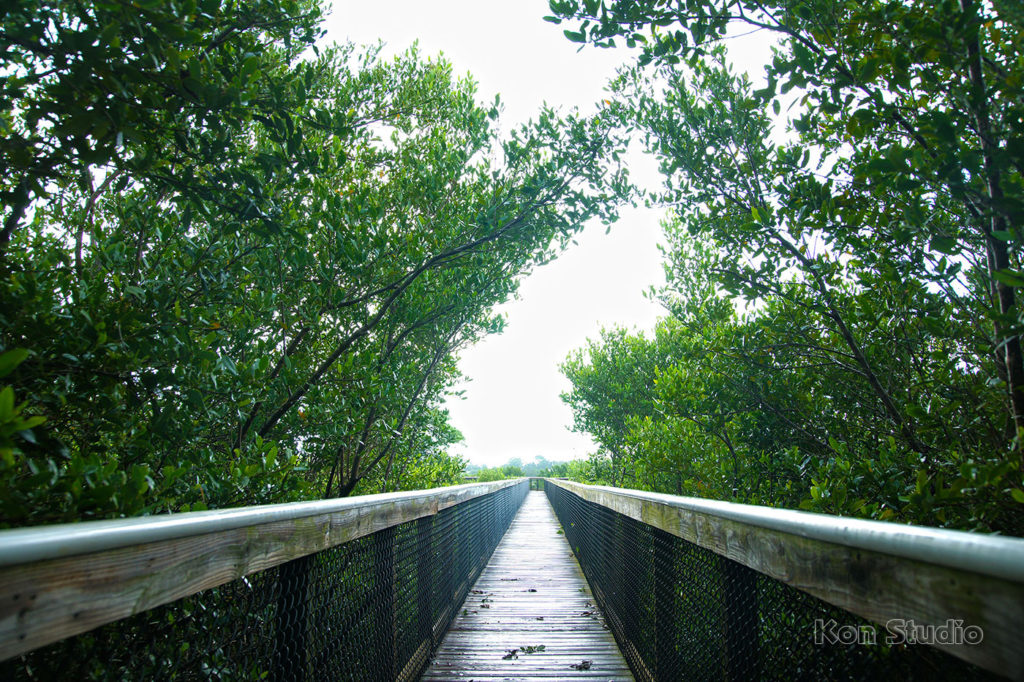

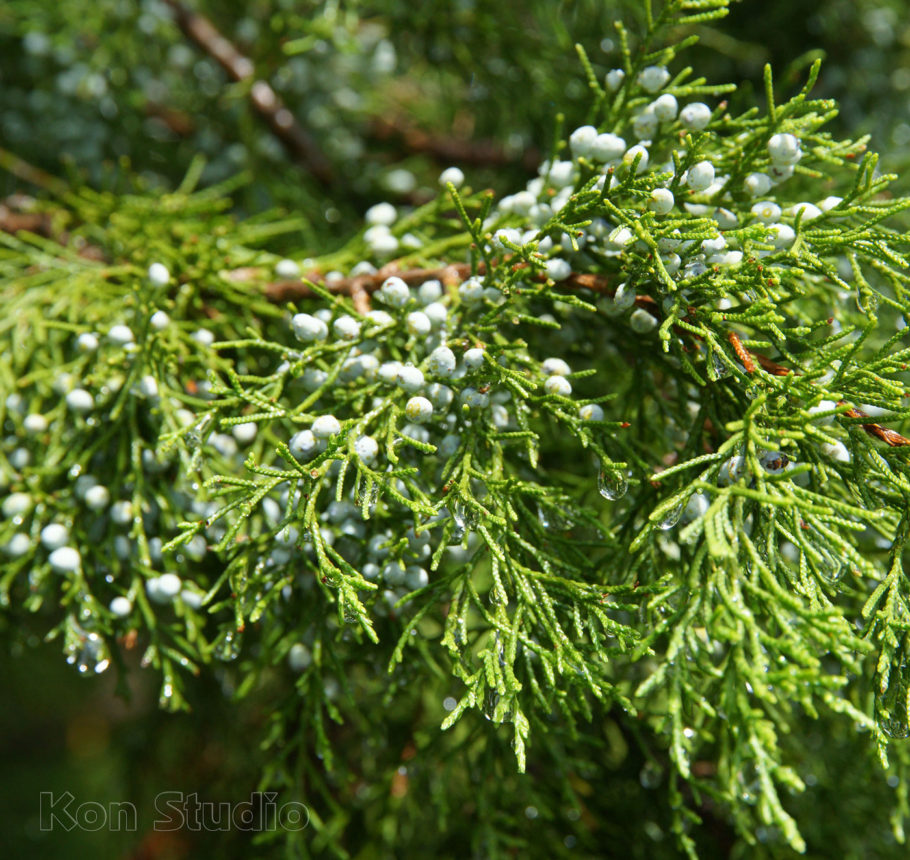
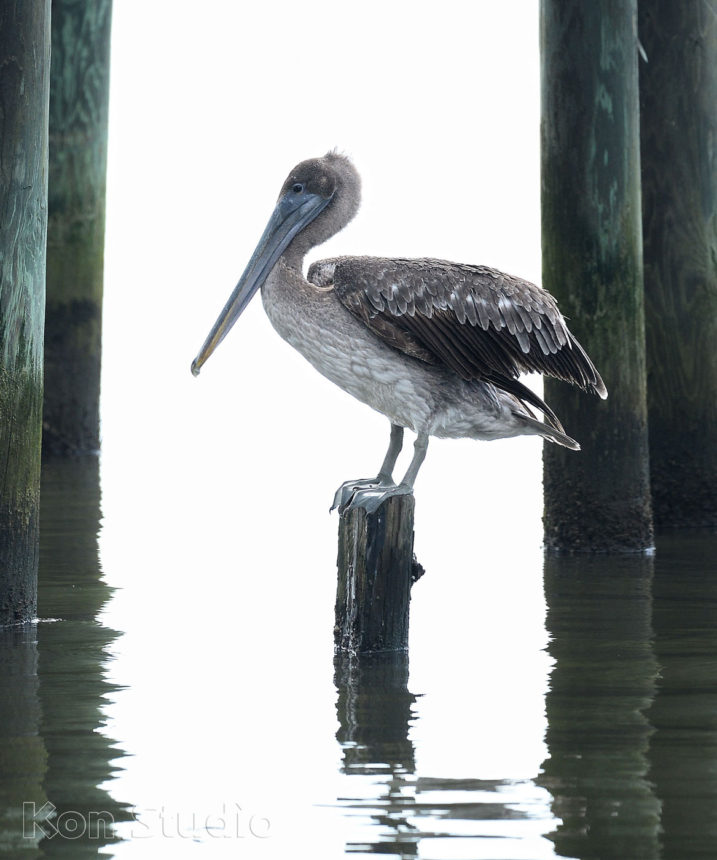
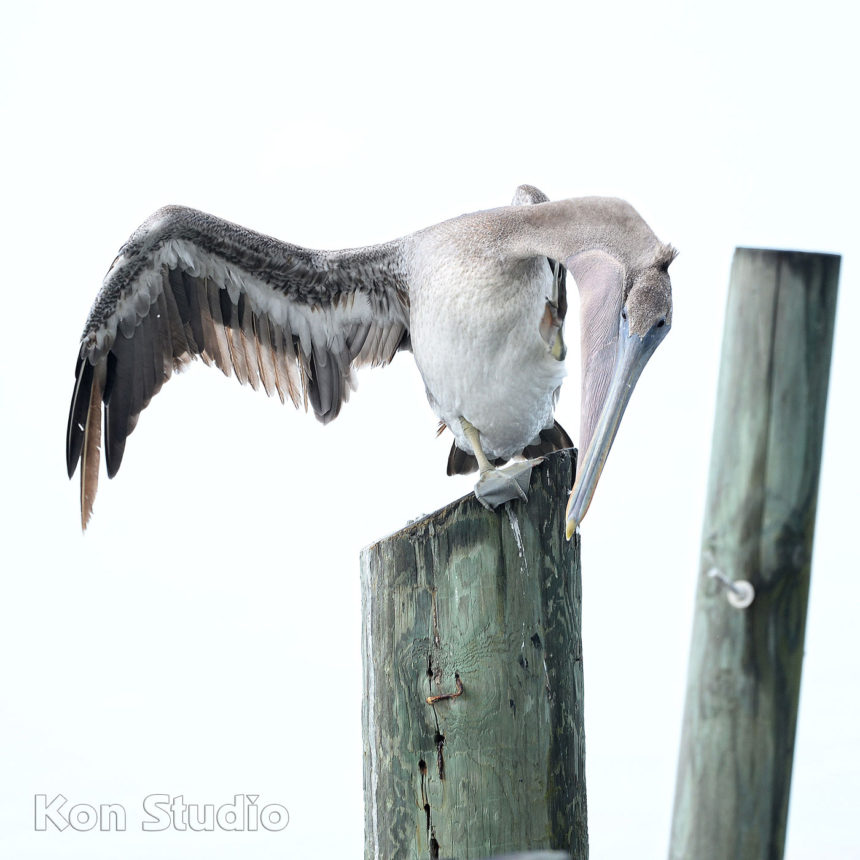
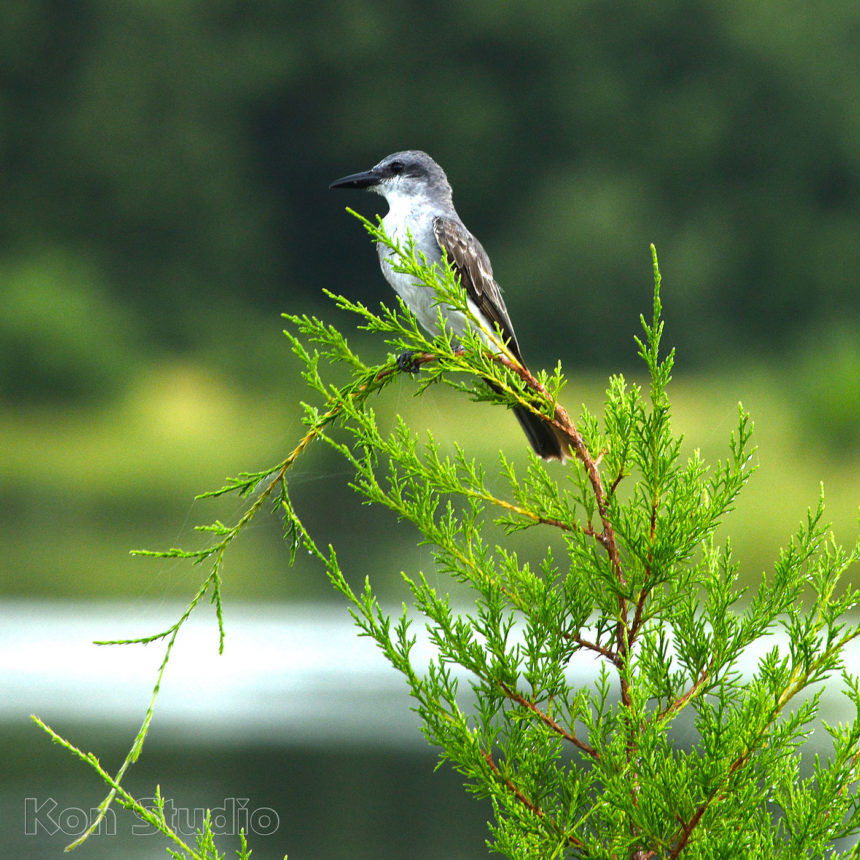
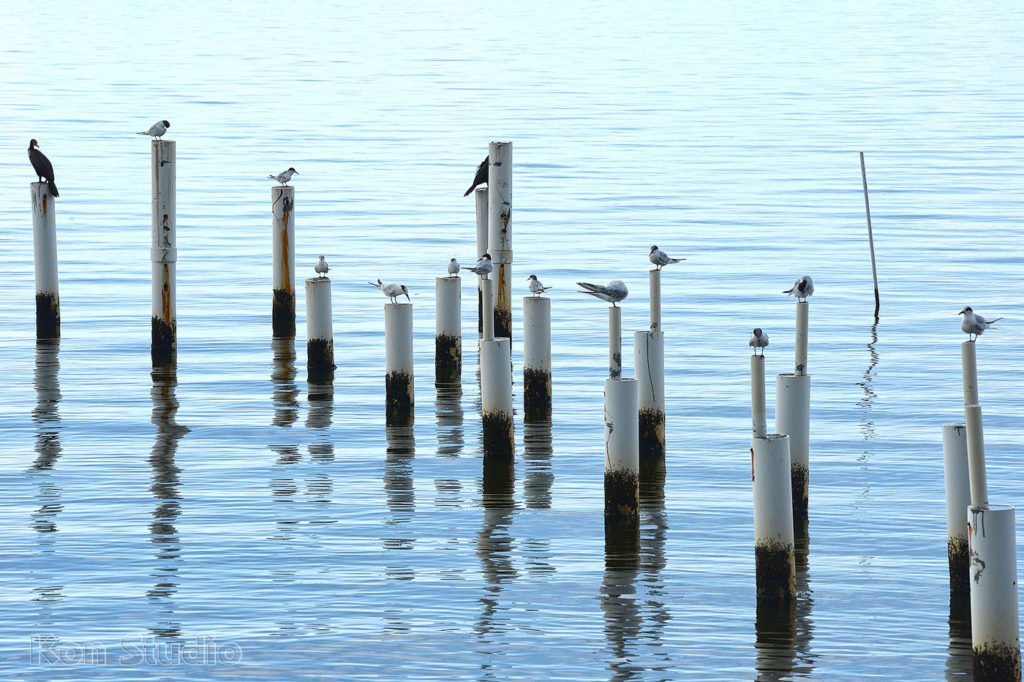
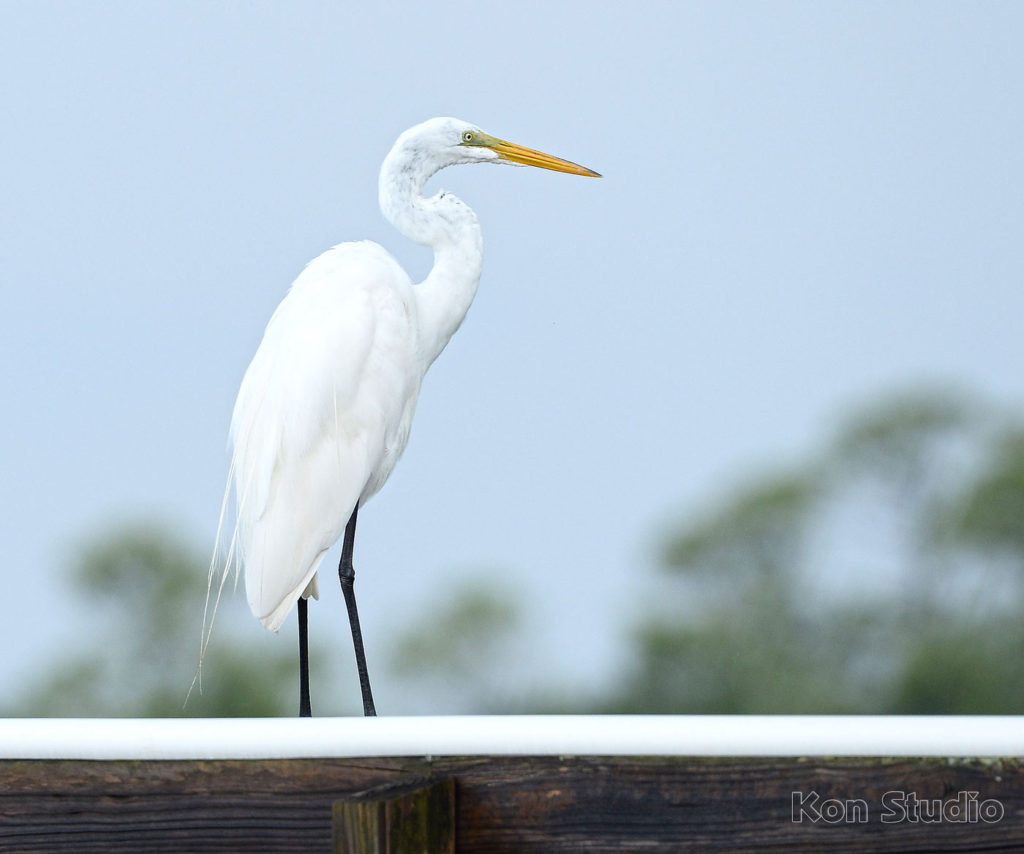
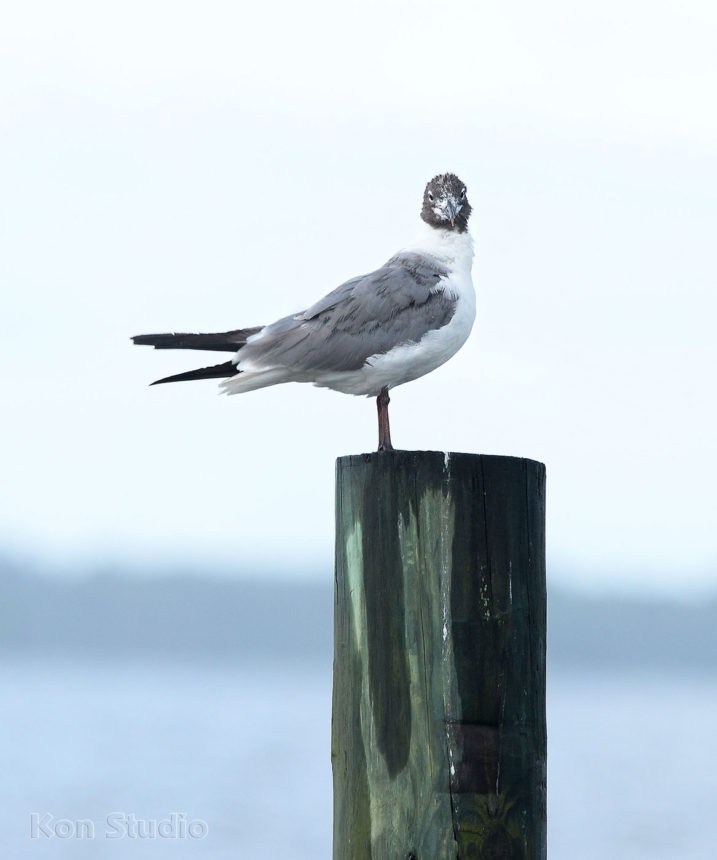
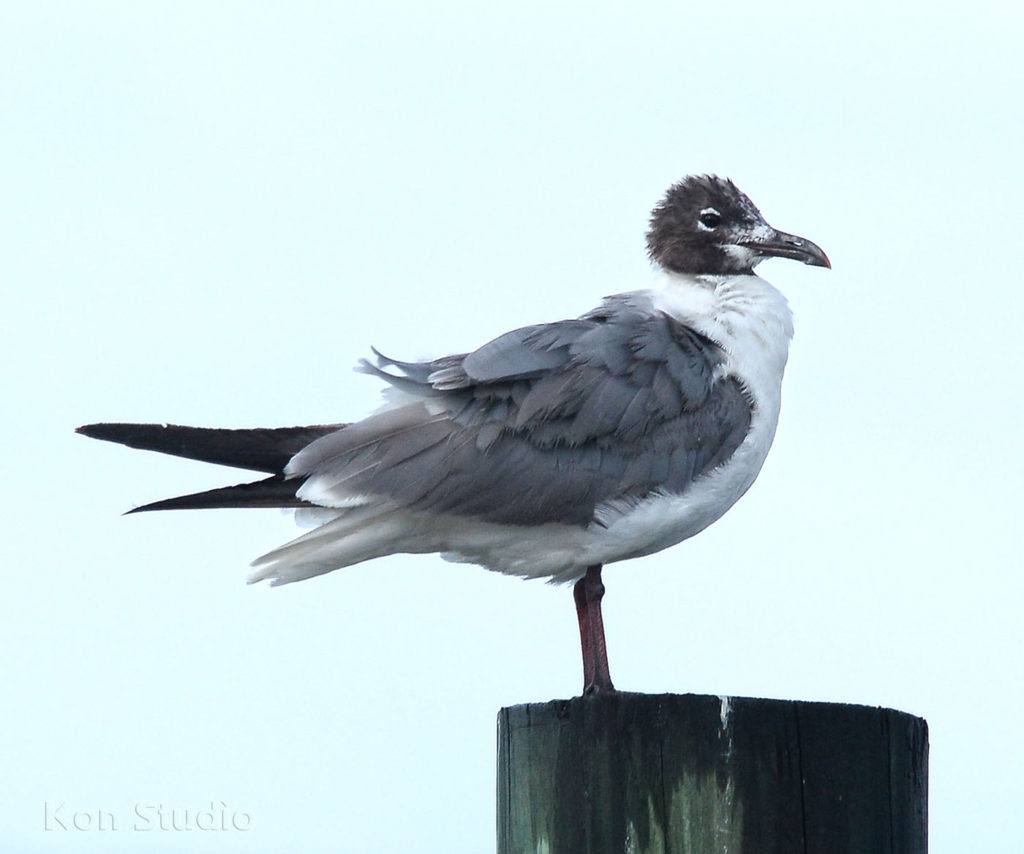
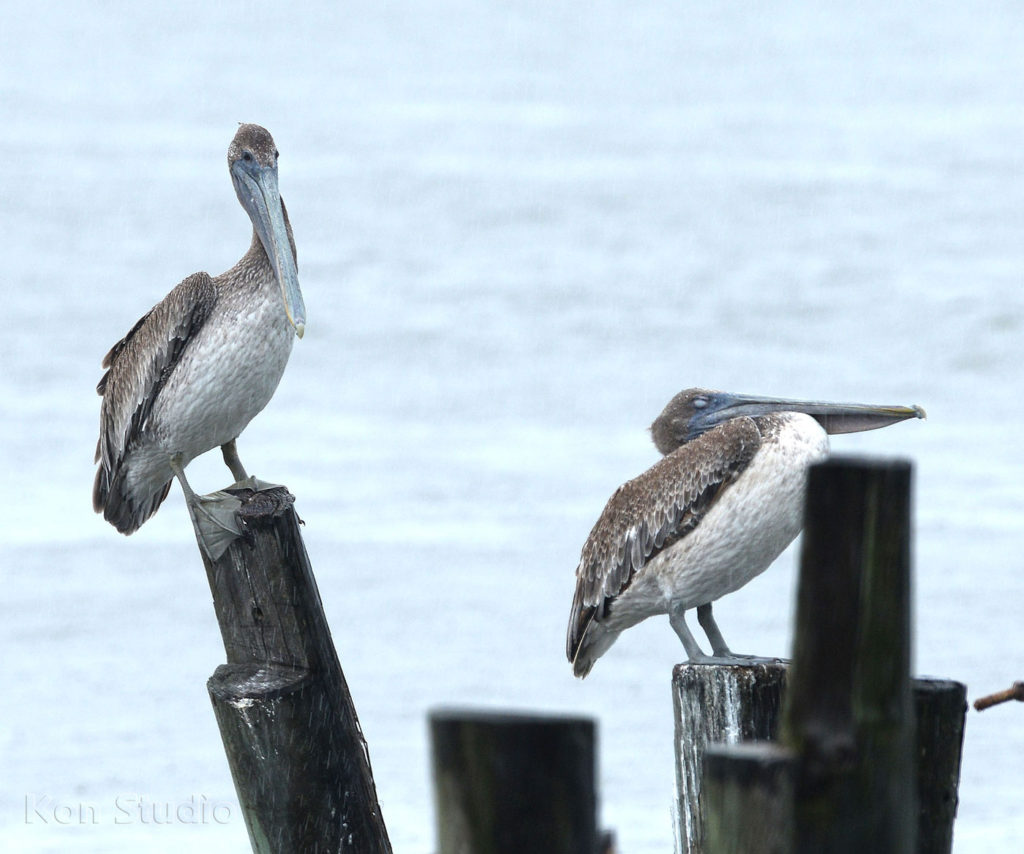
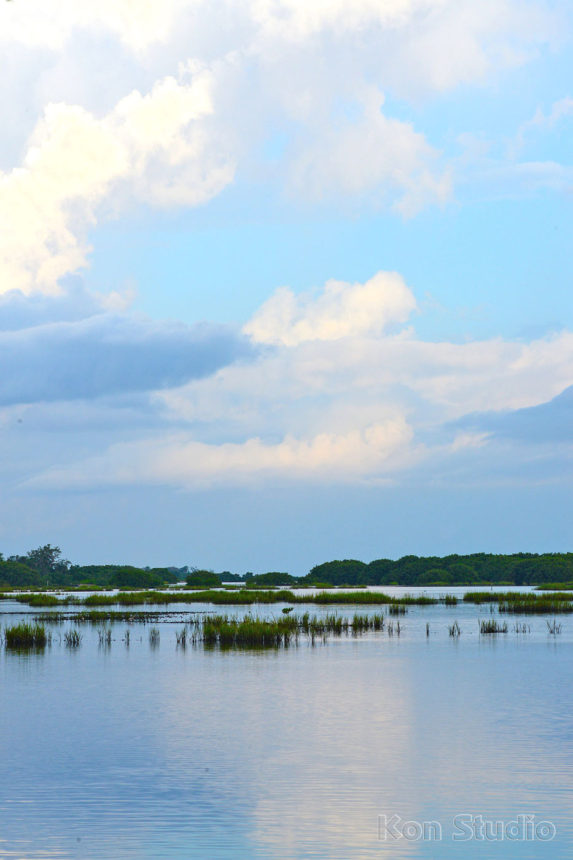
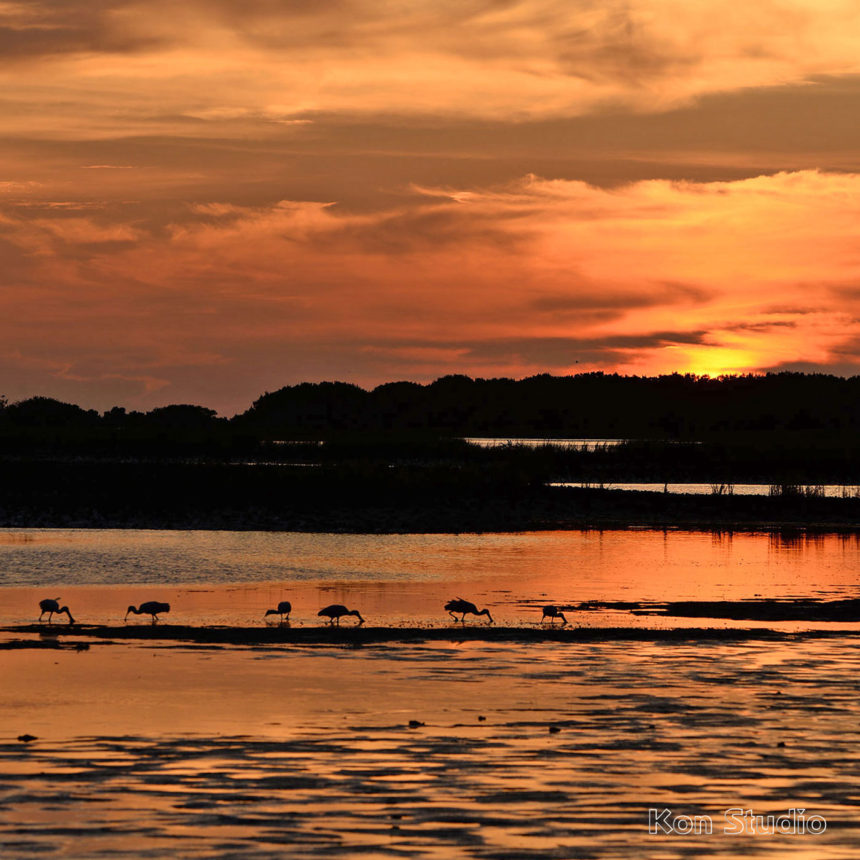
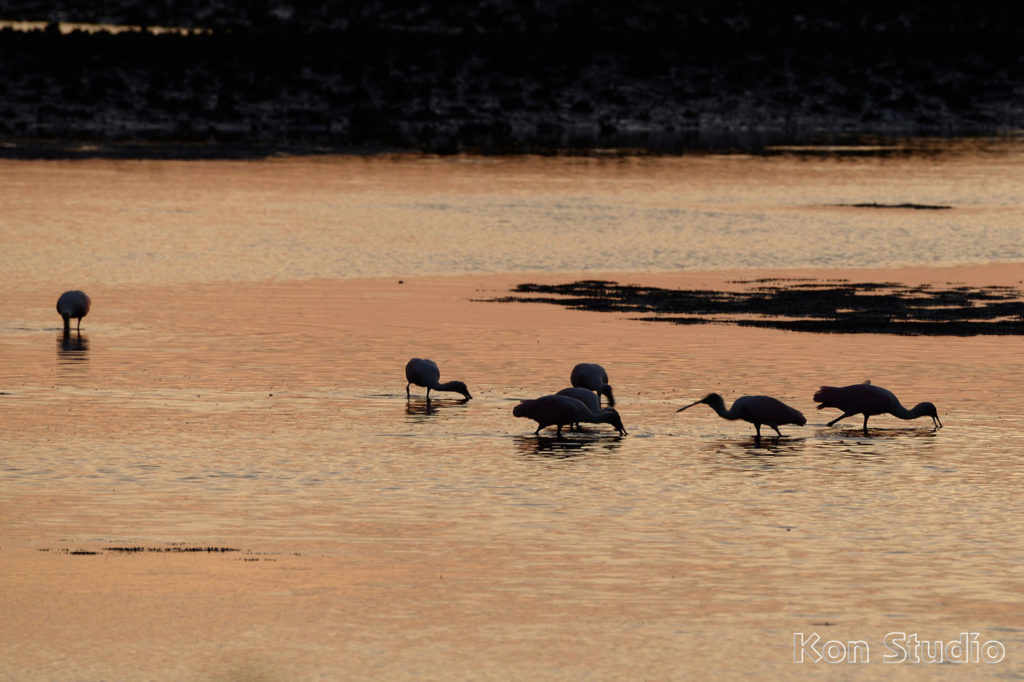
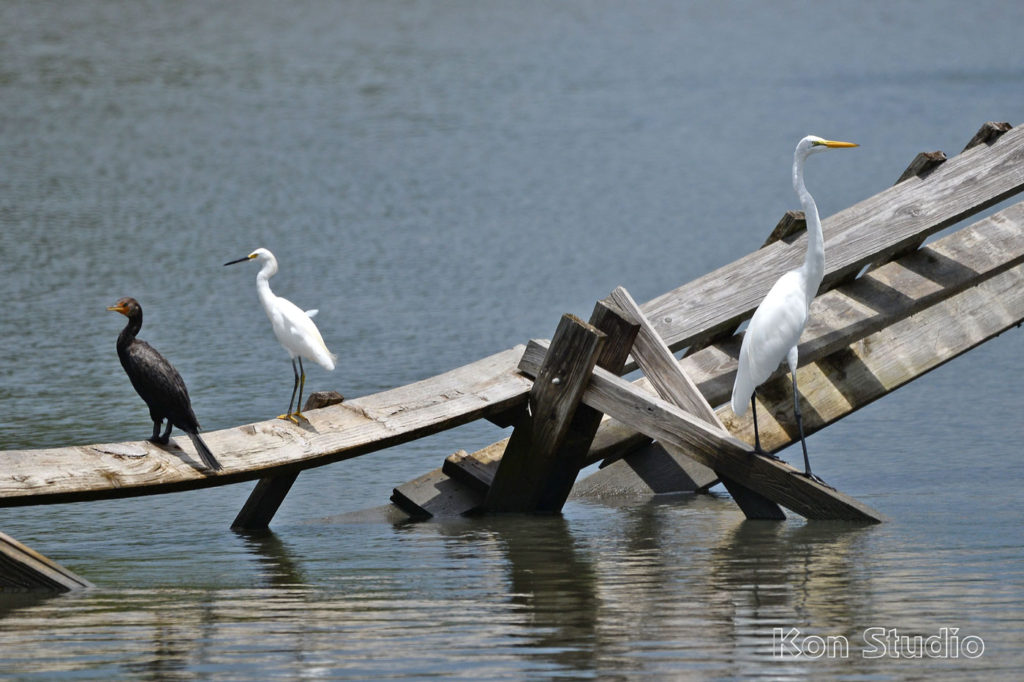
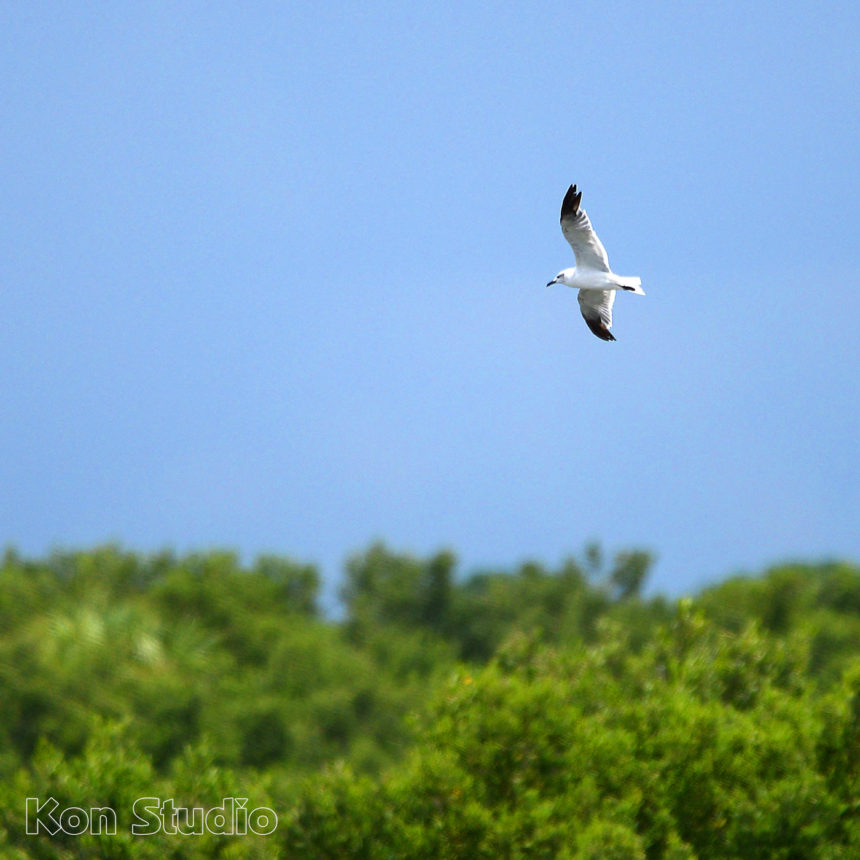
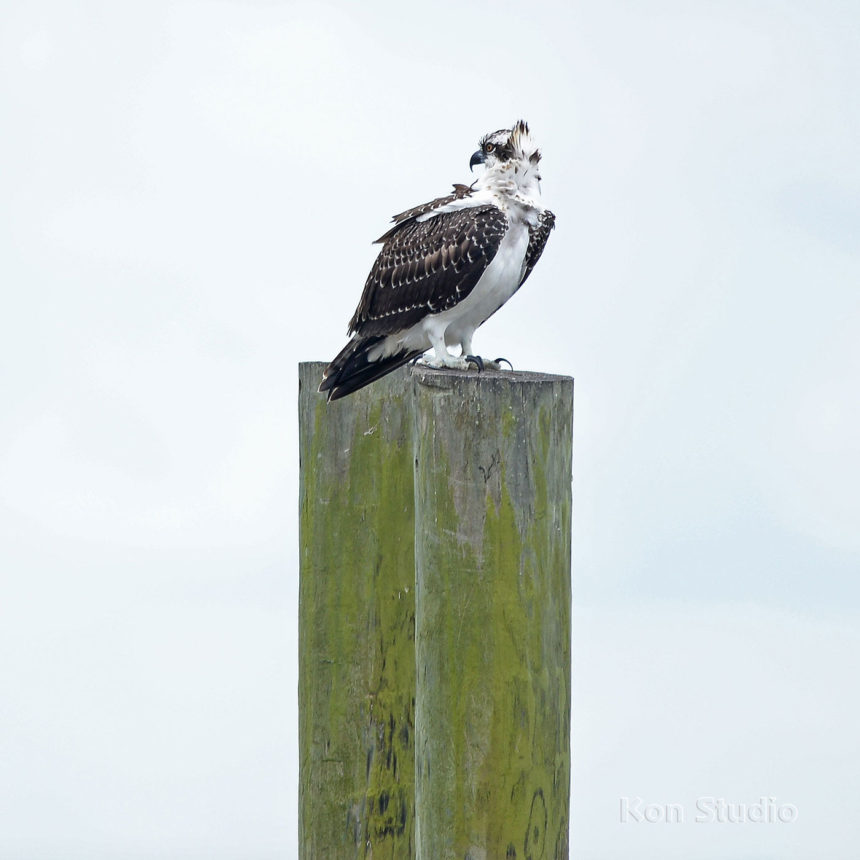
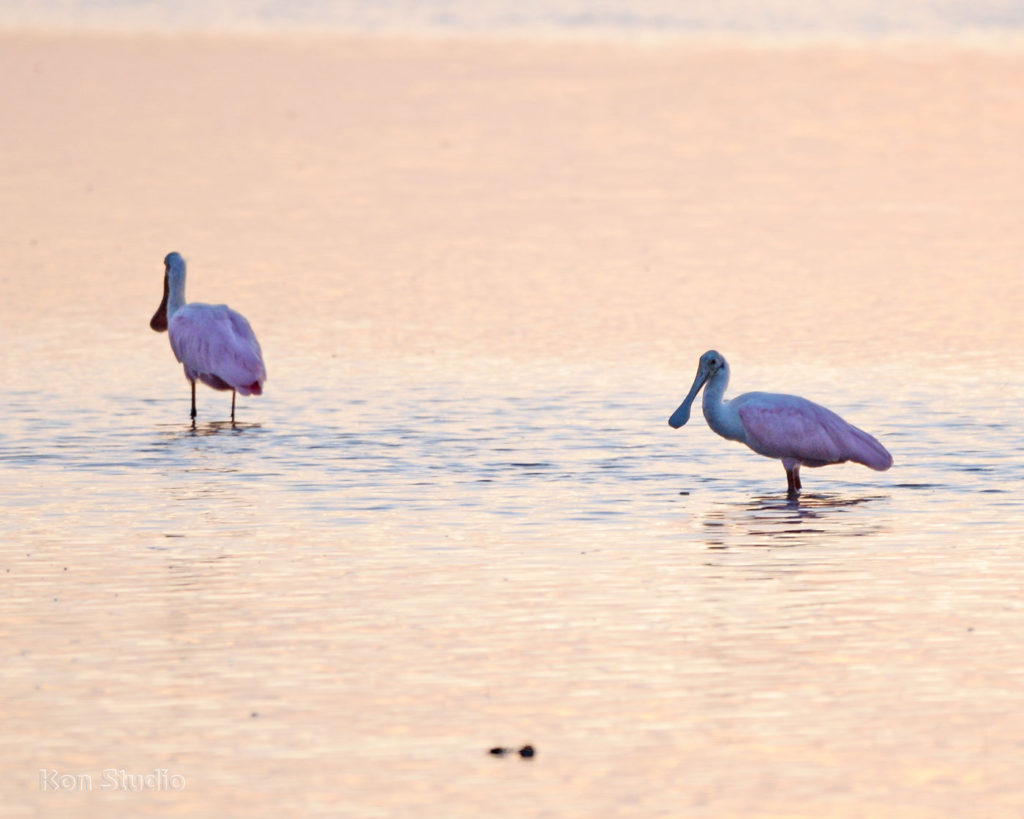
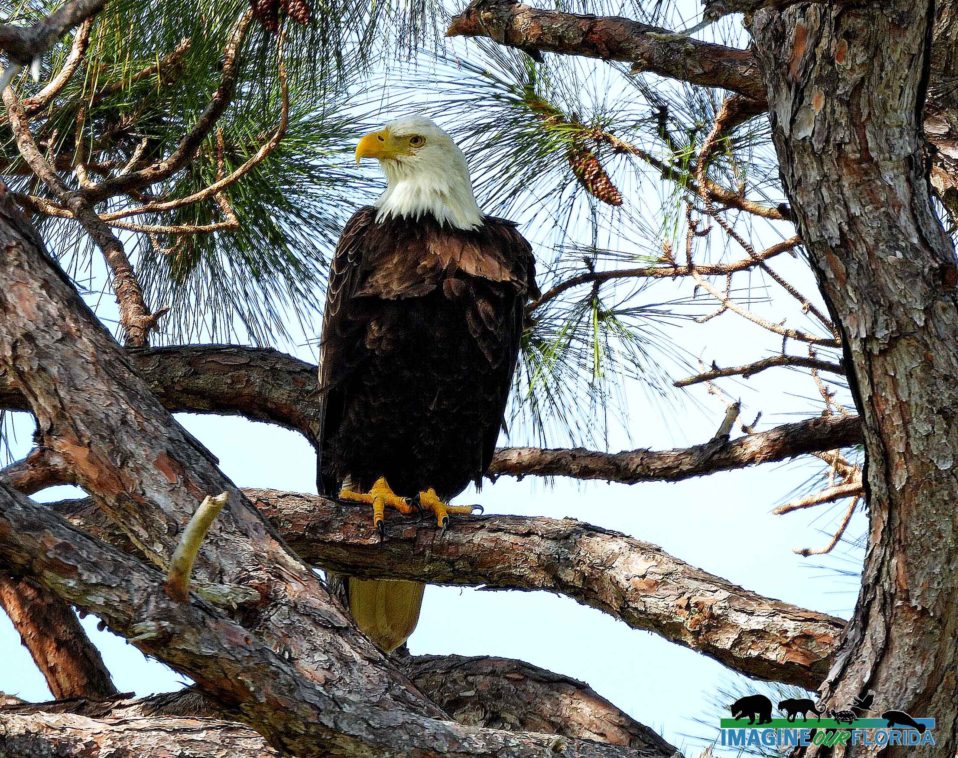
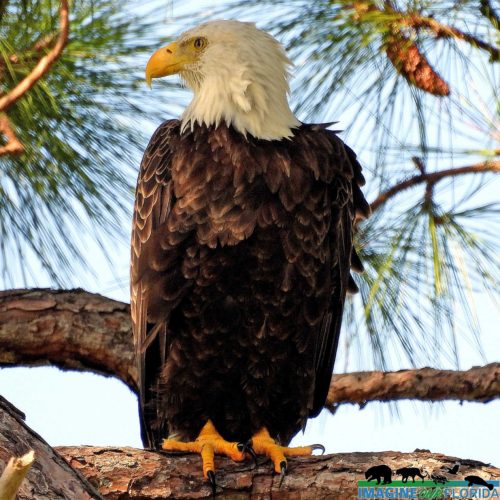
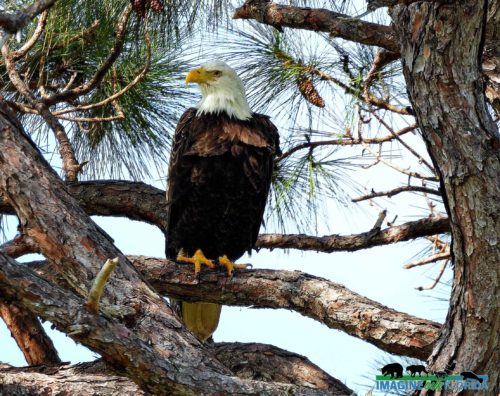
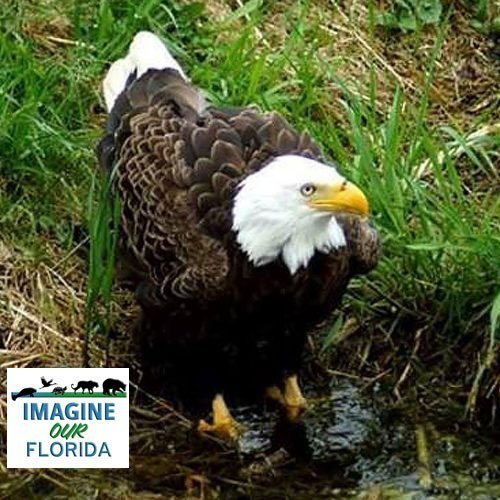
Recent Comments